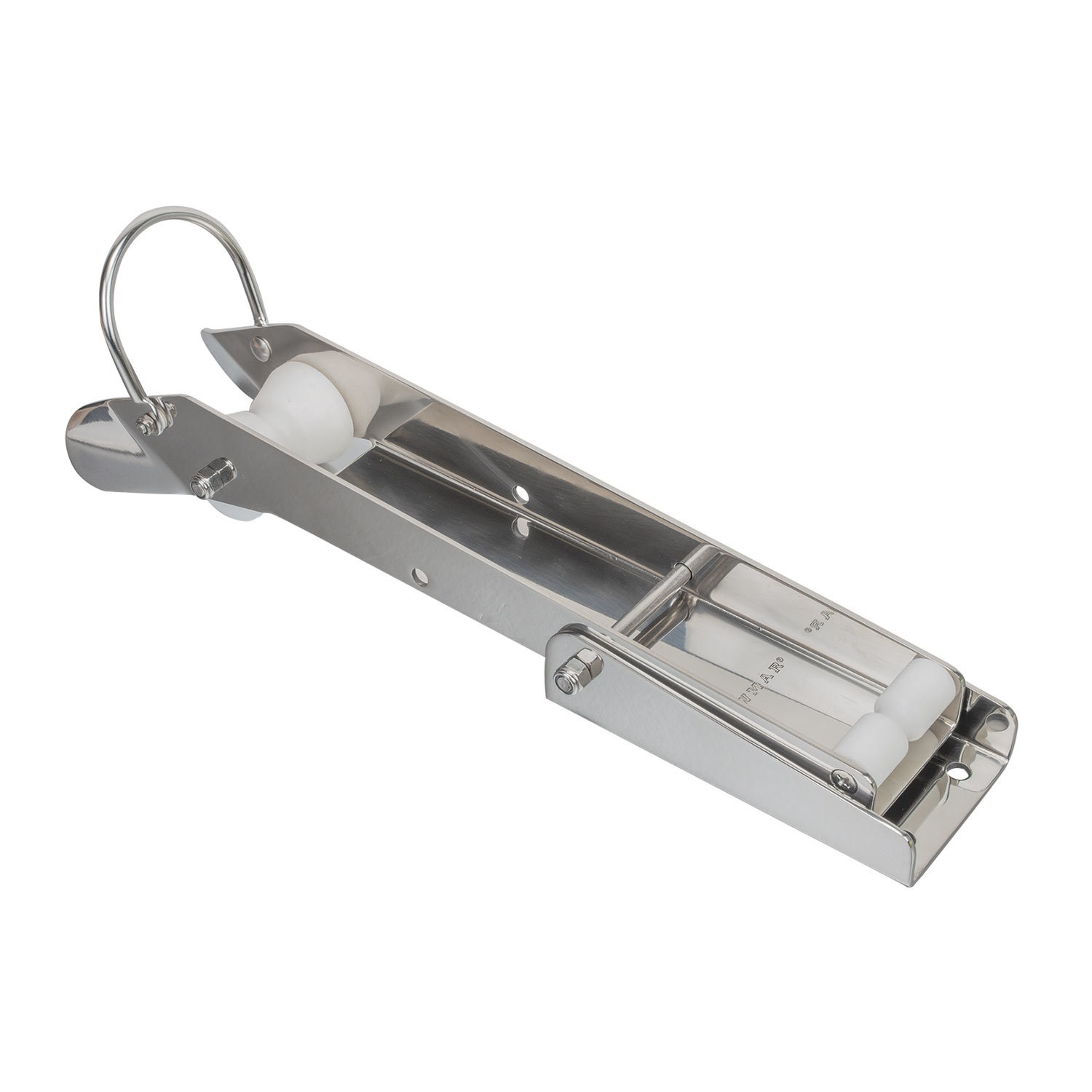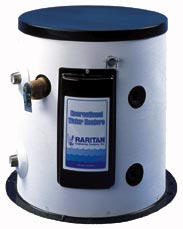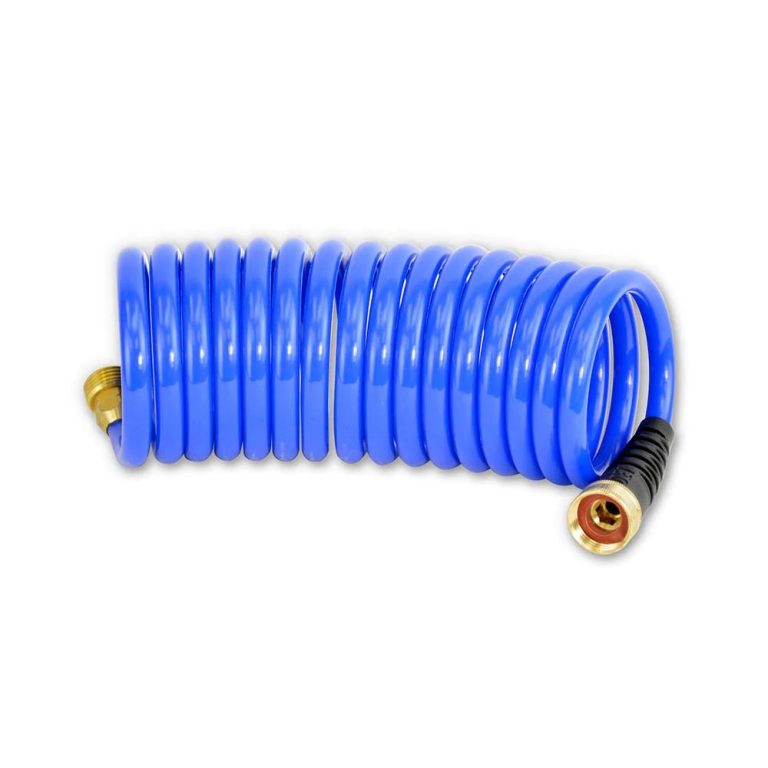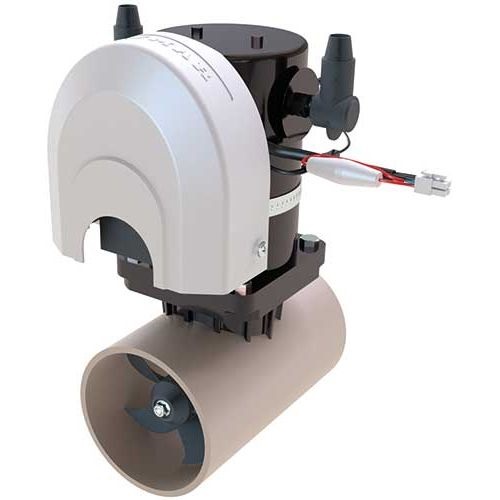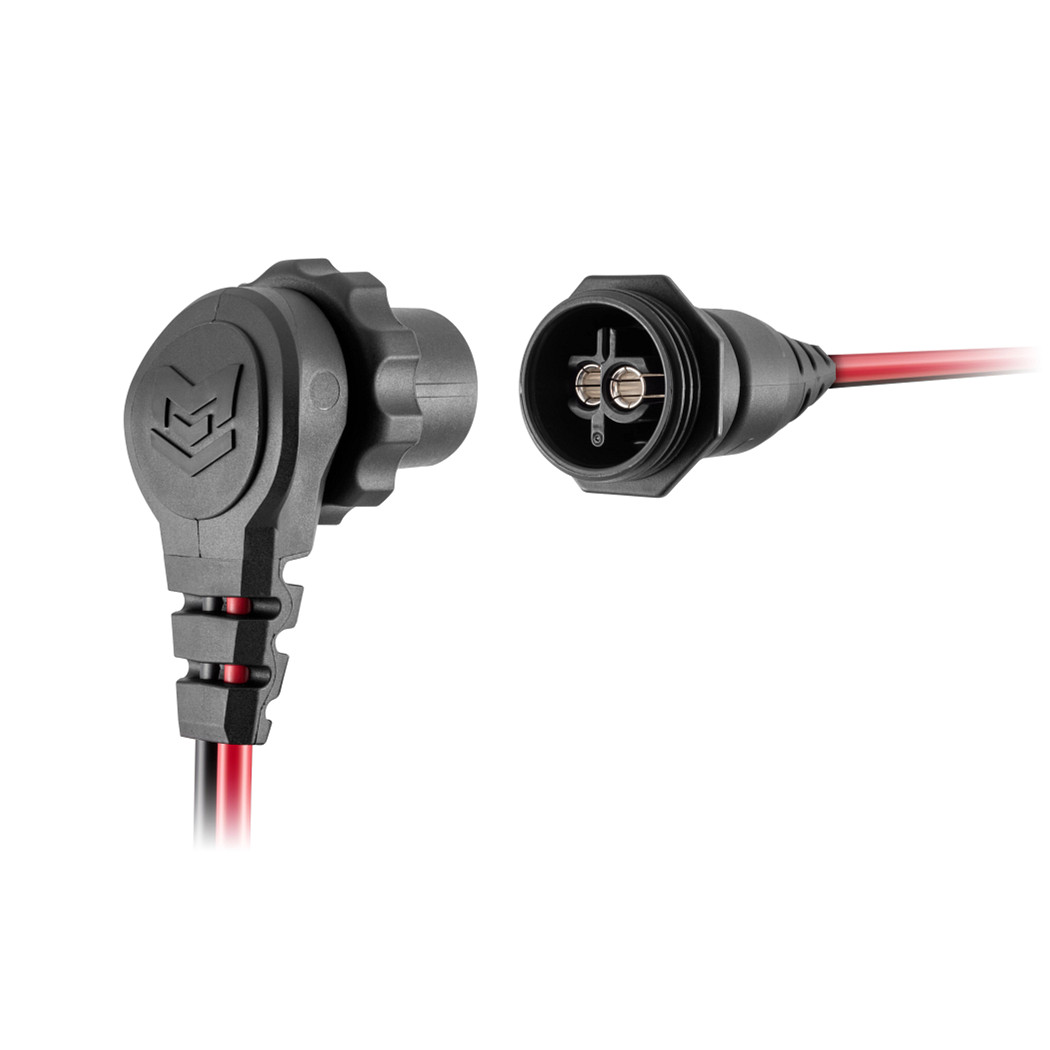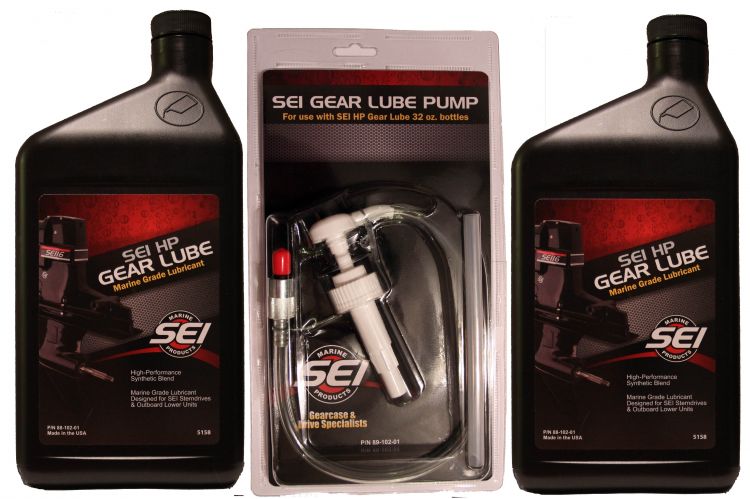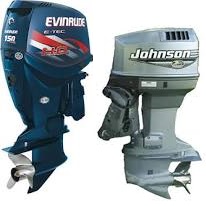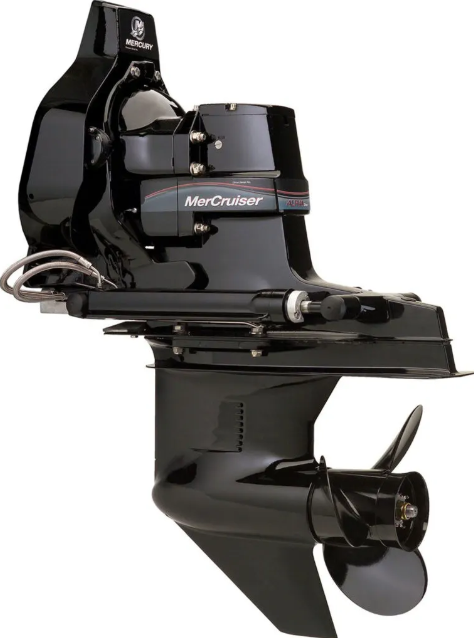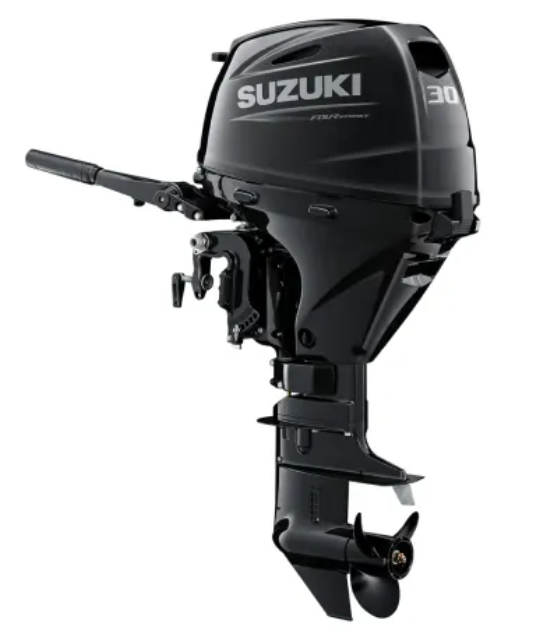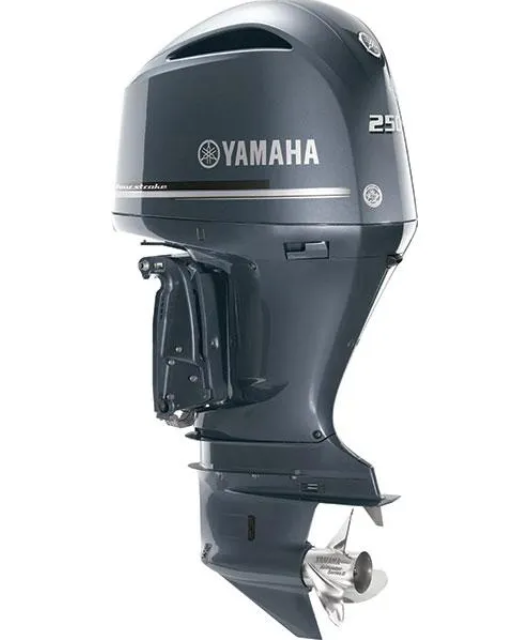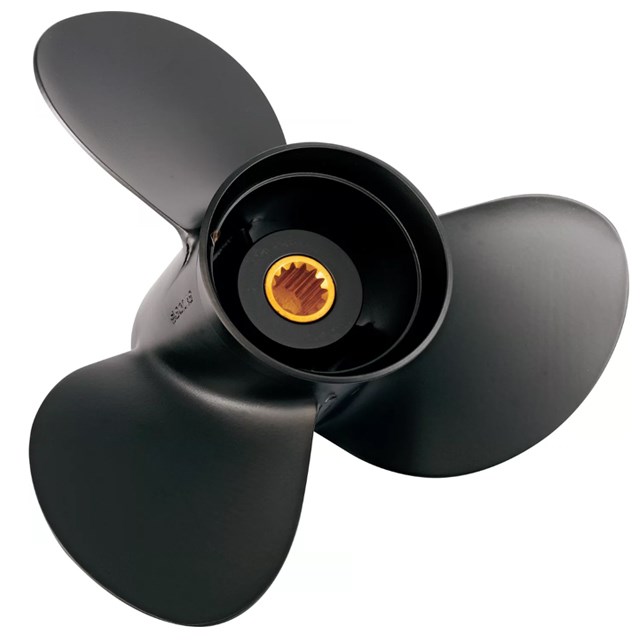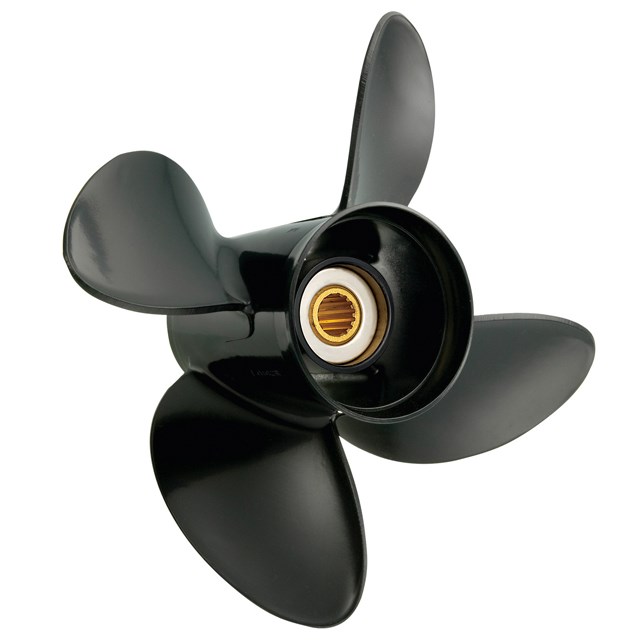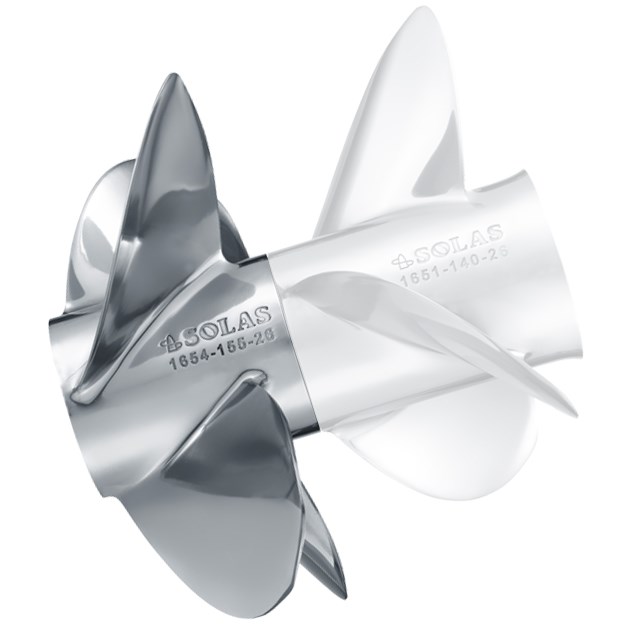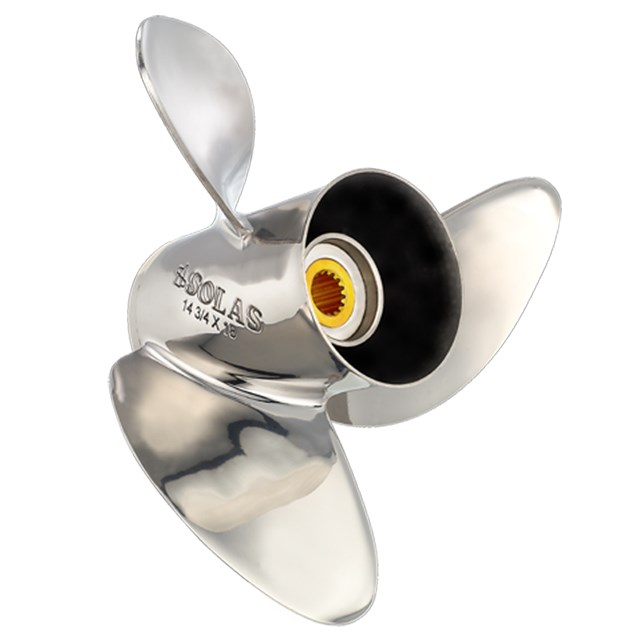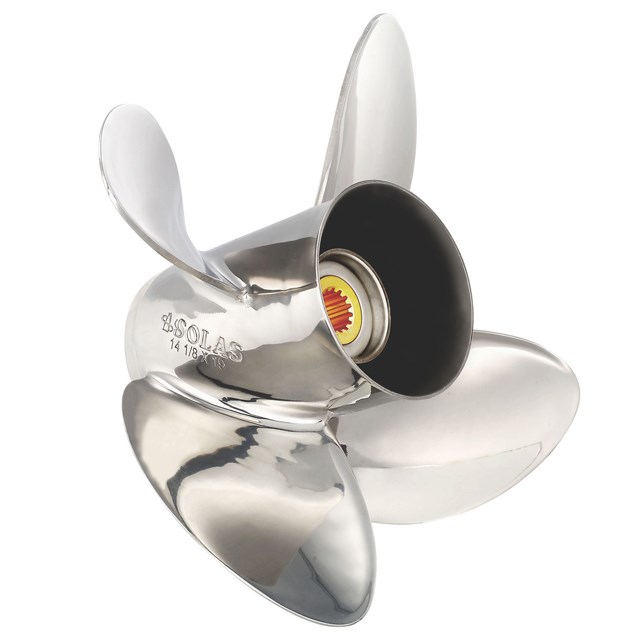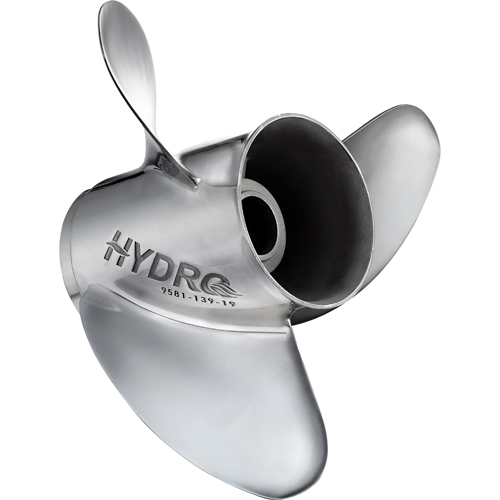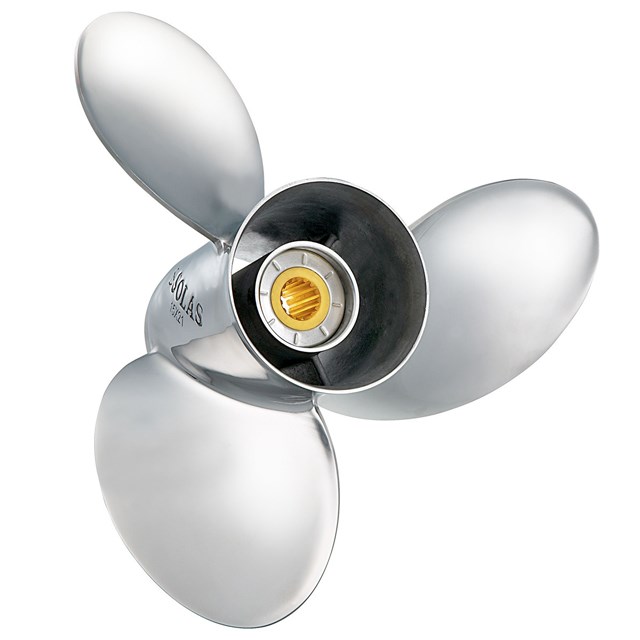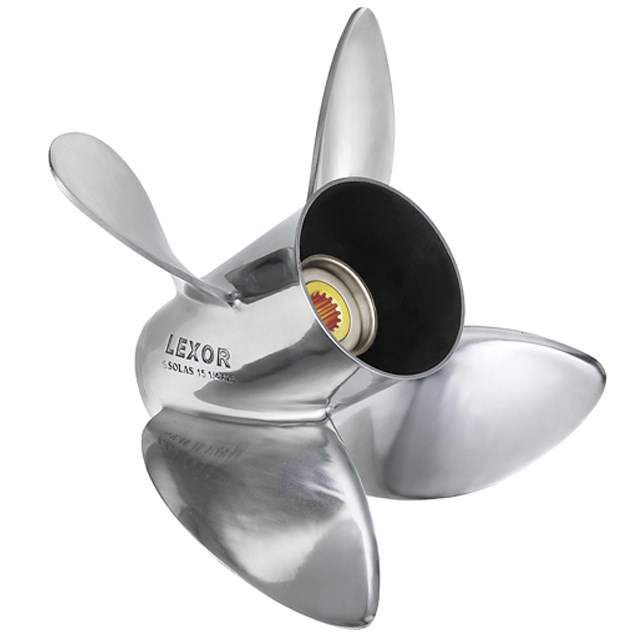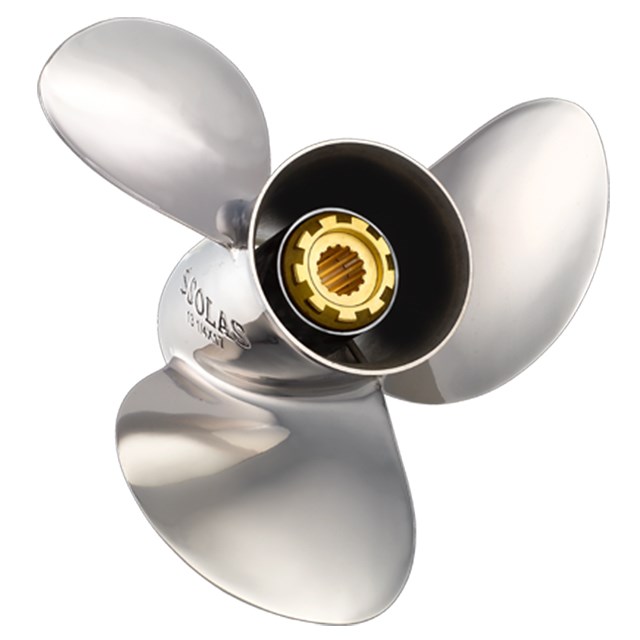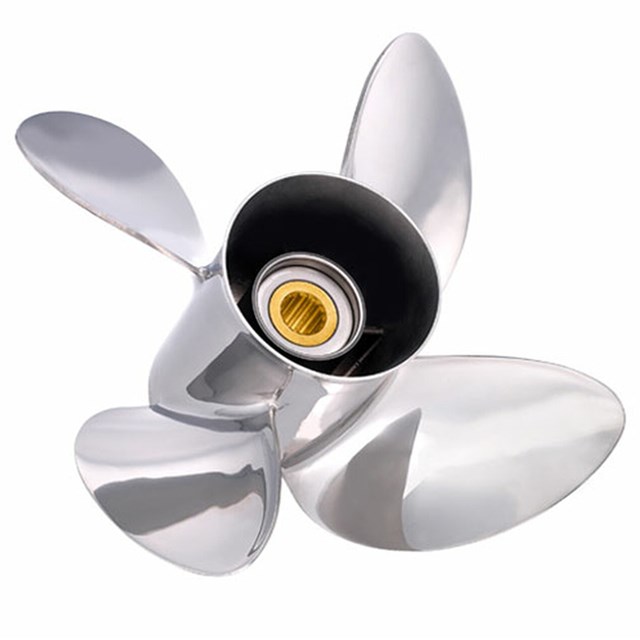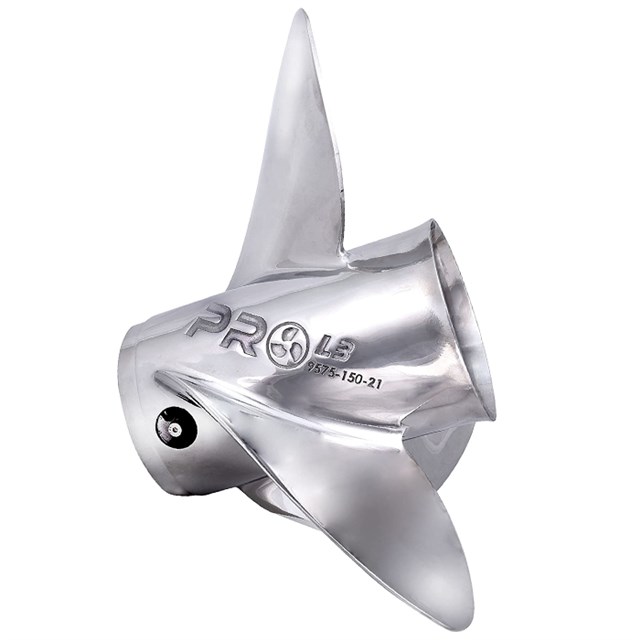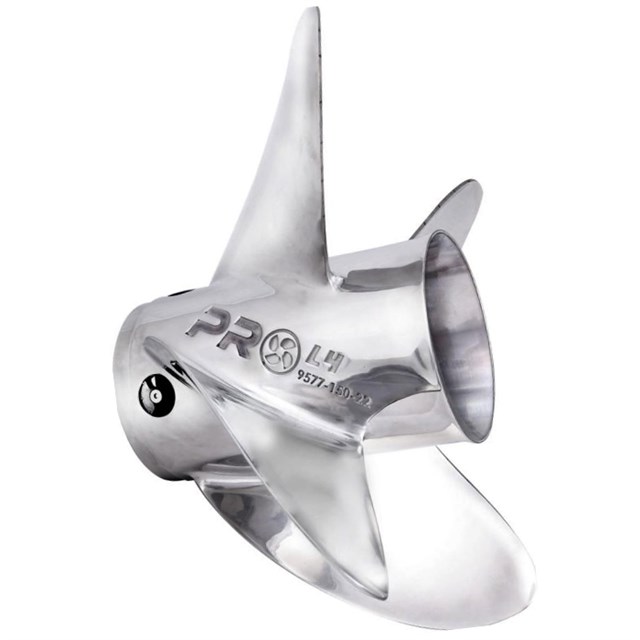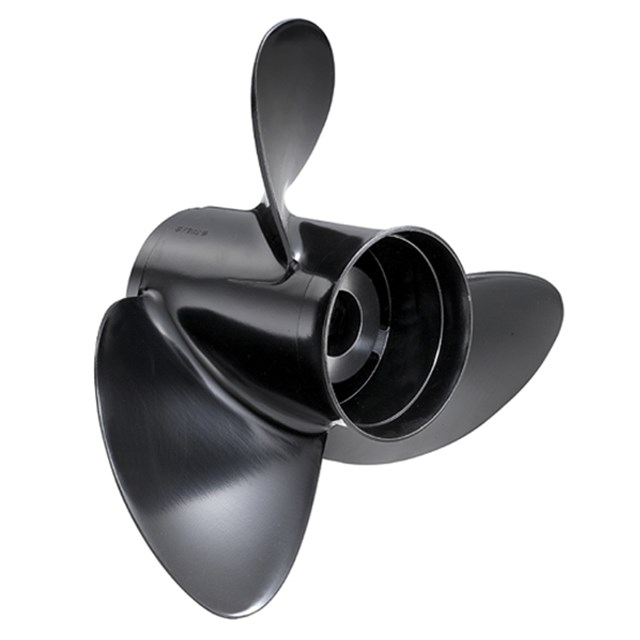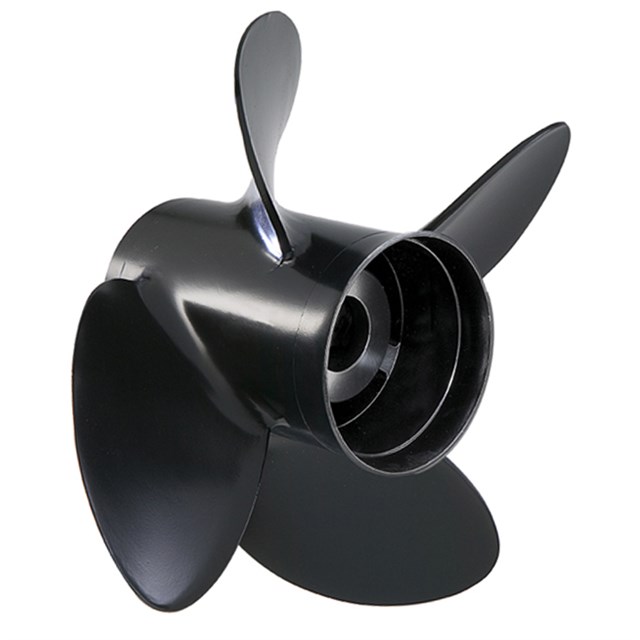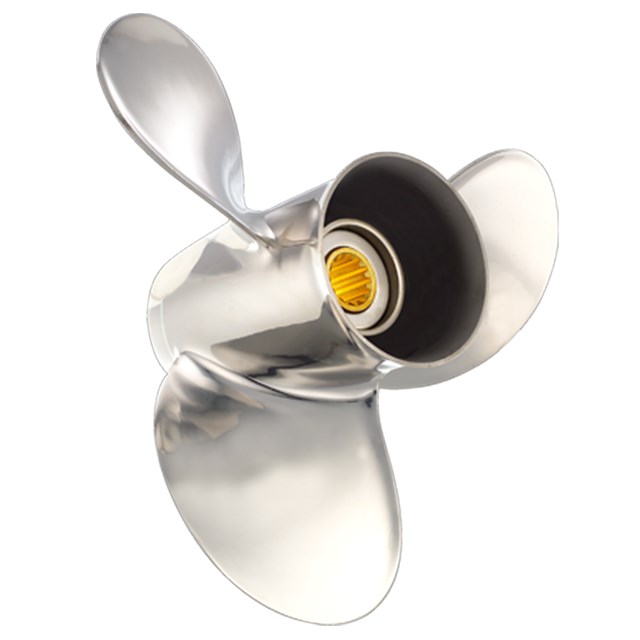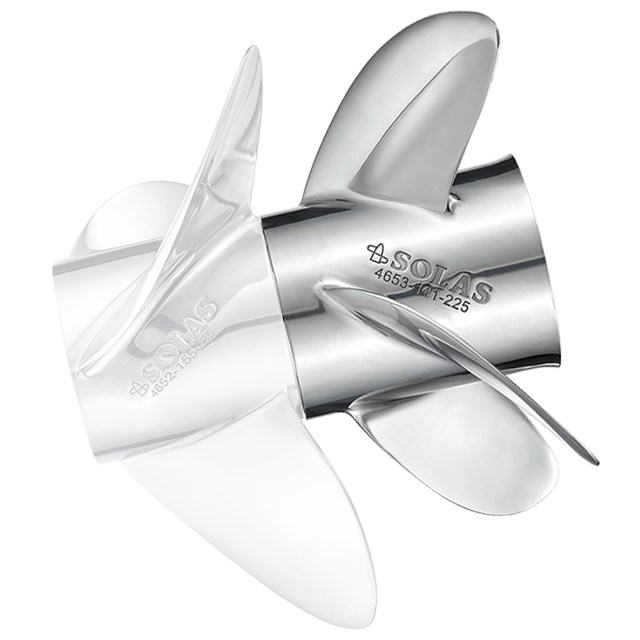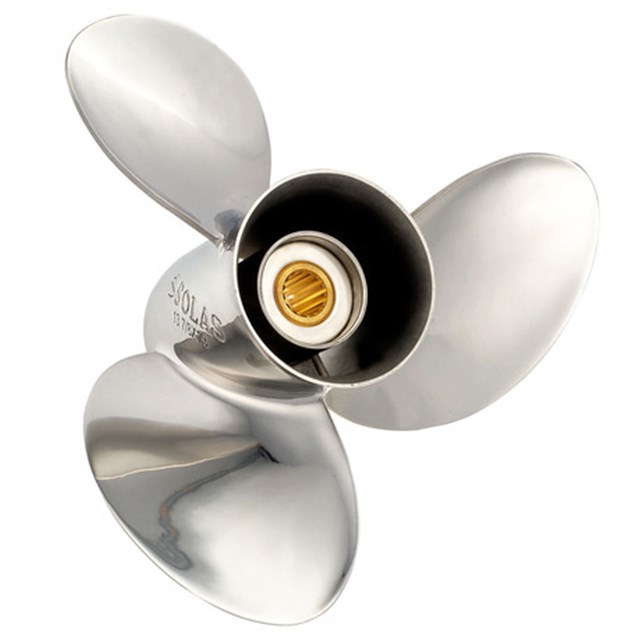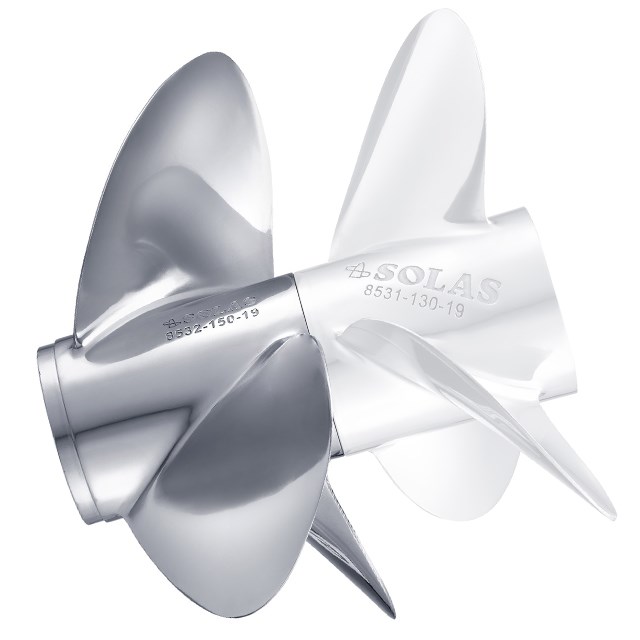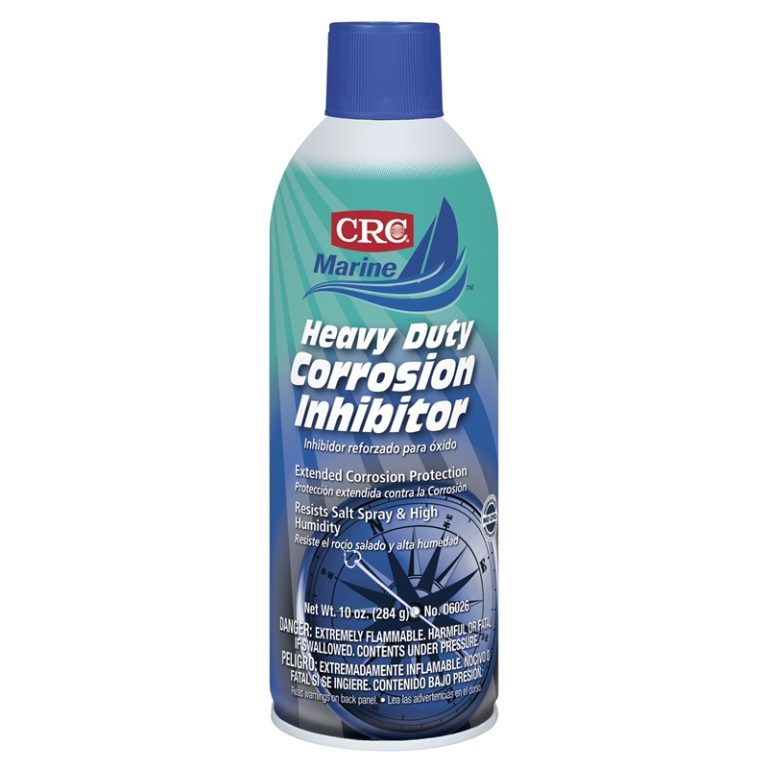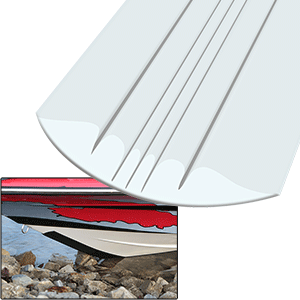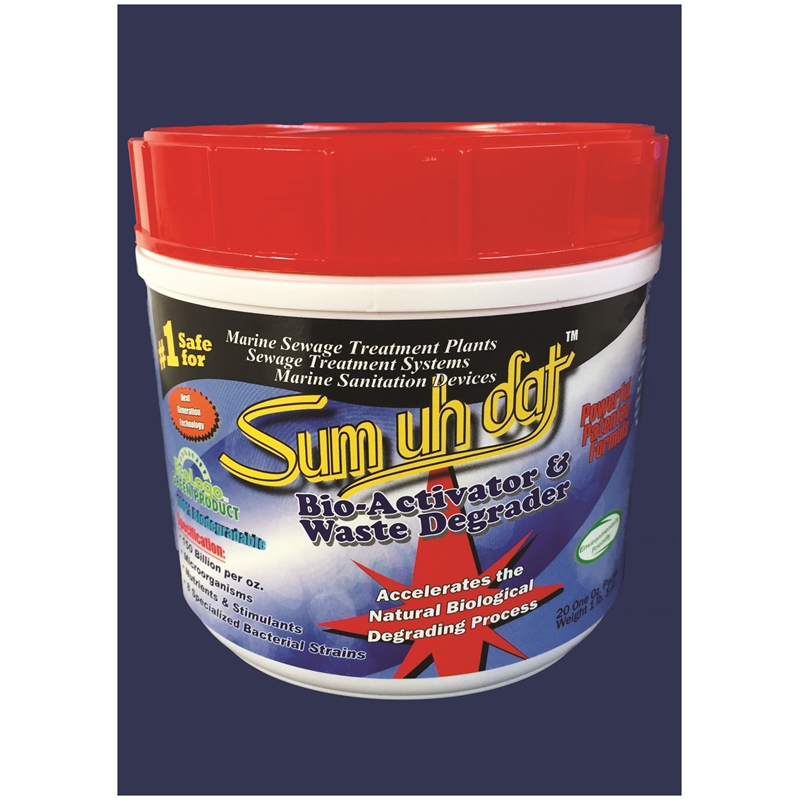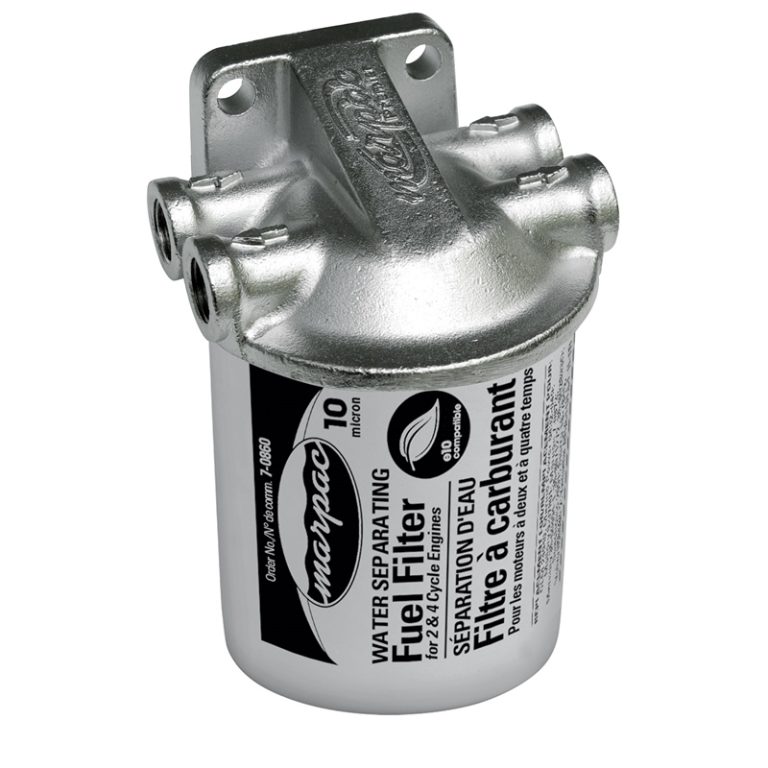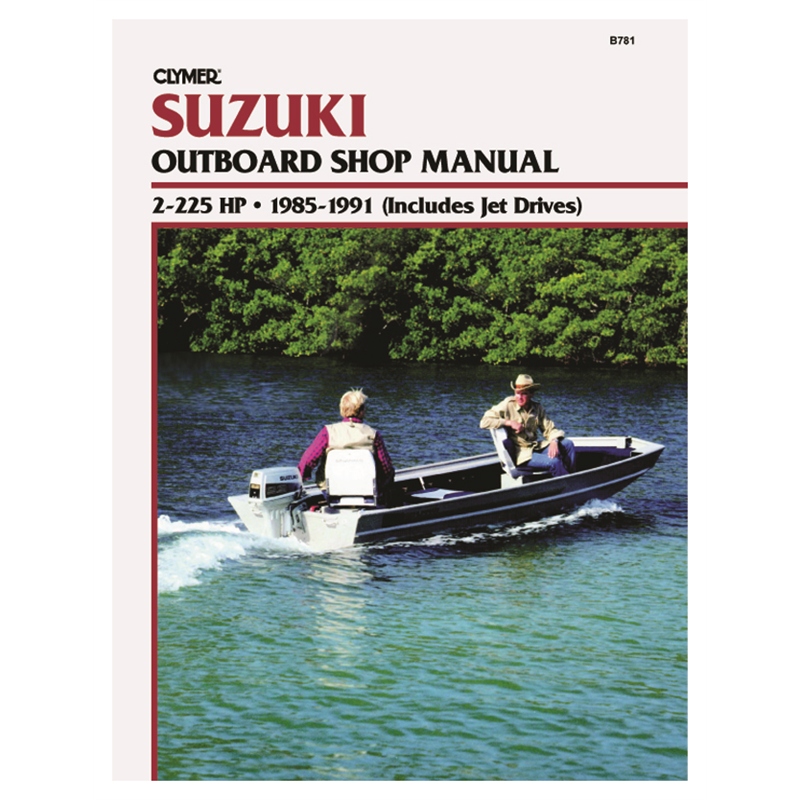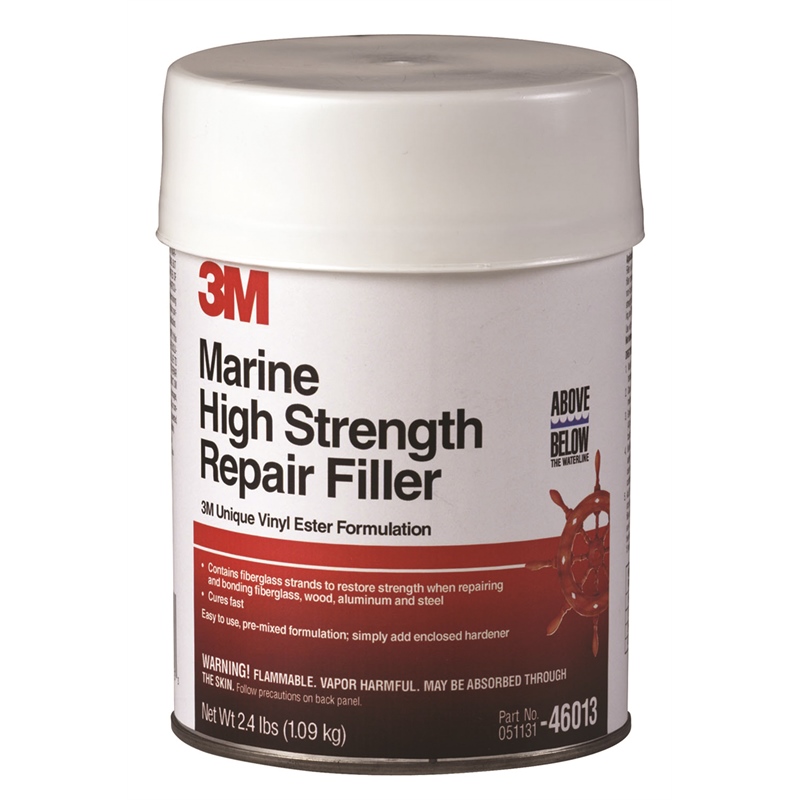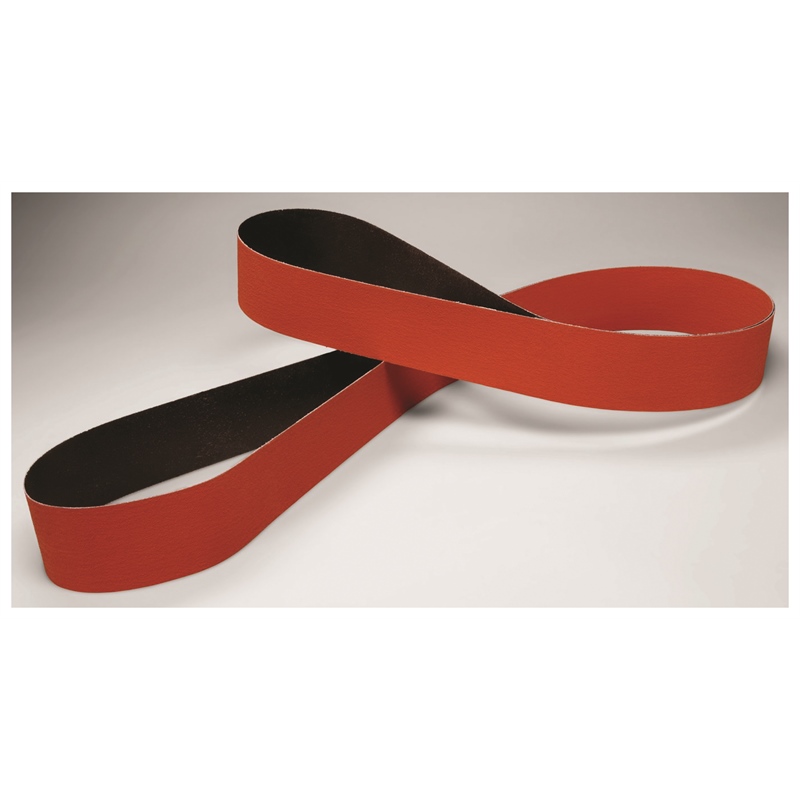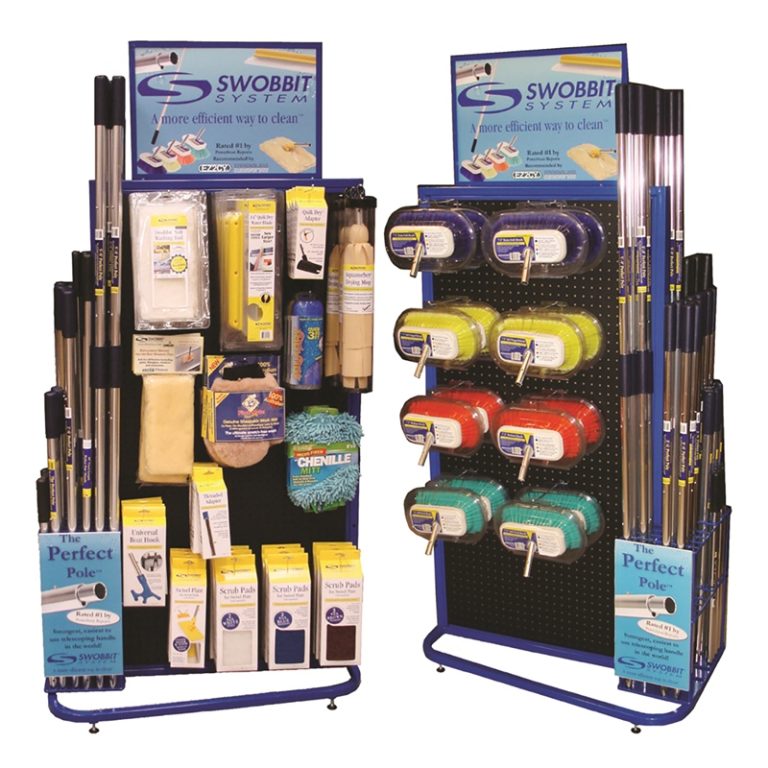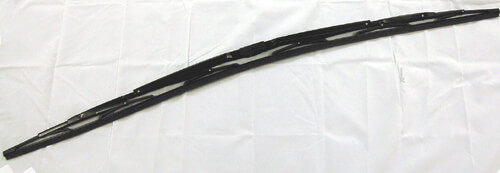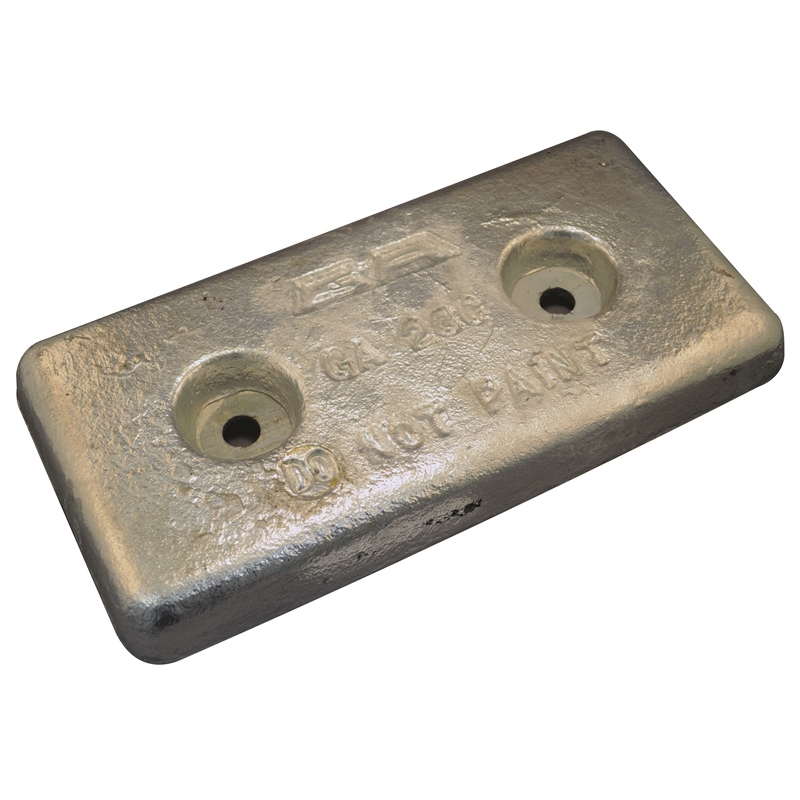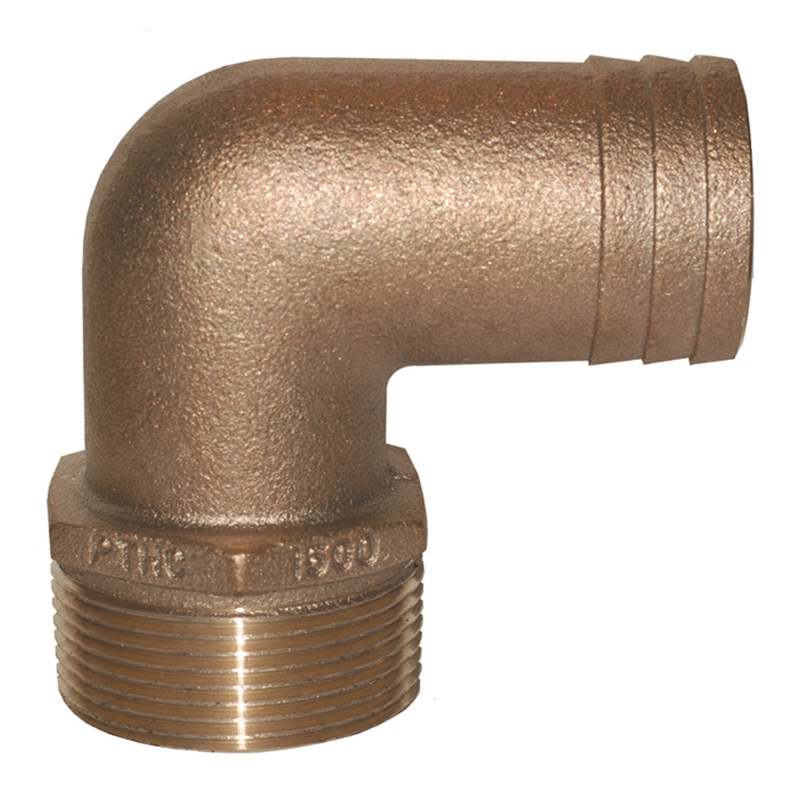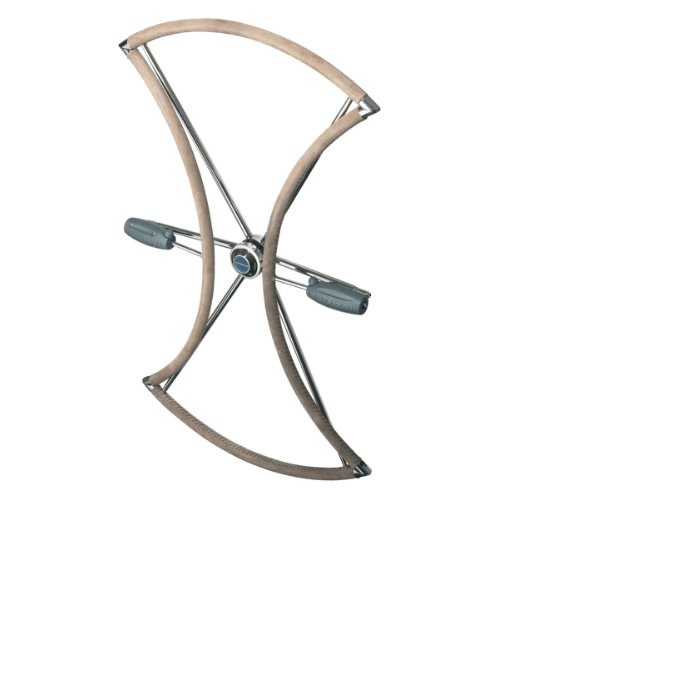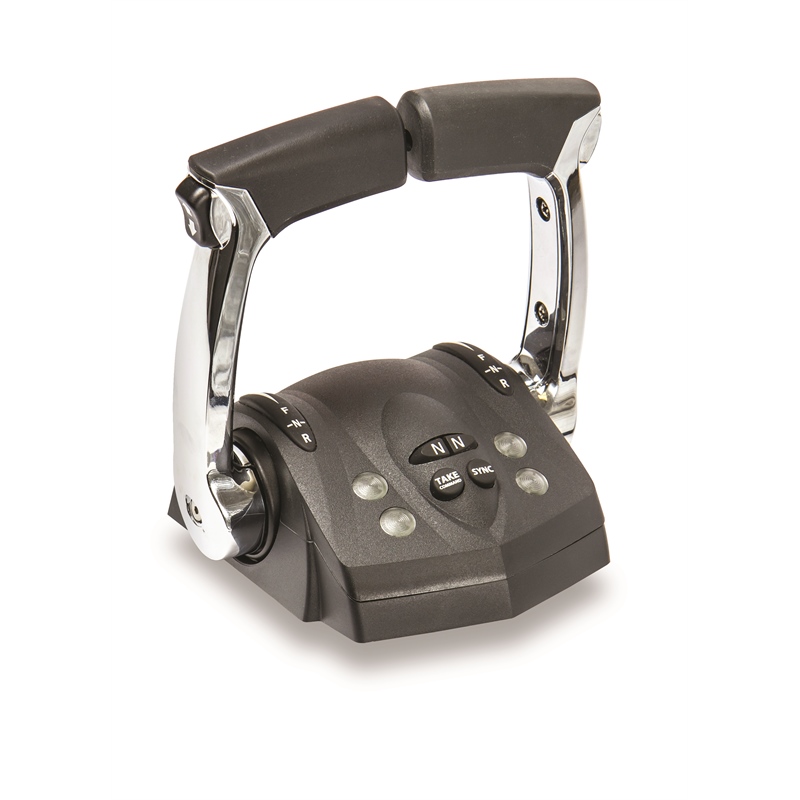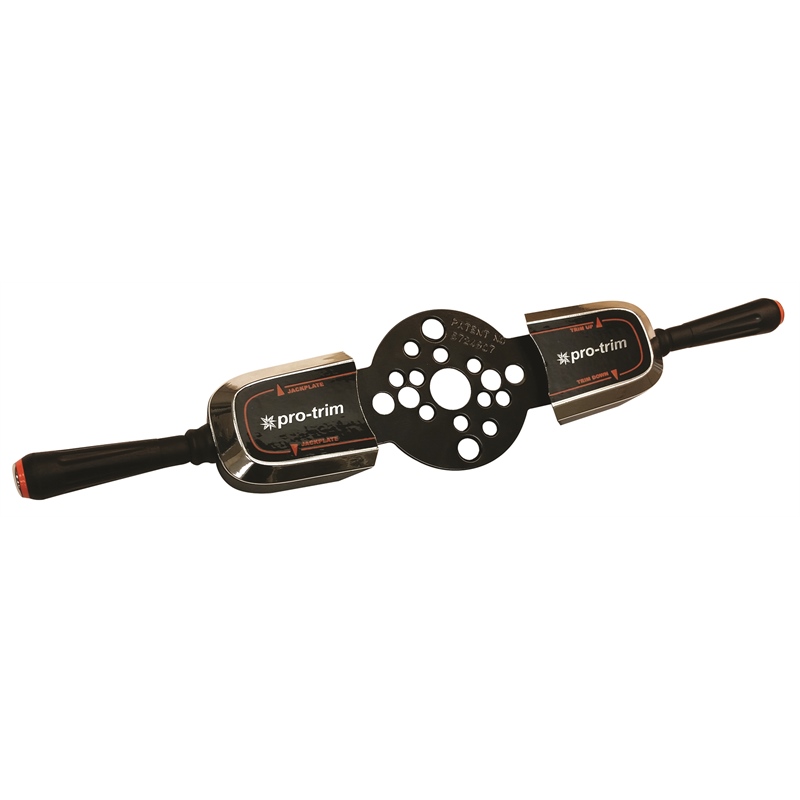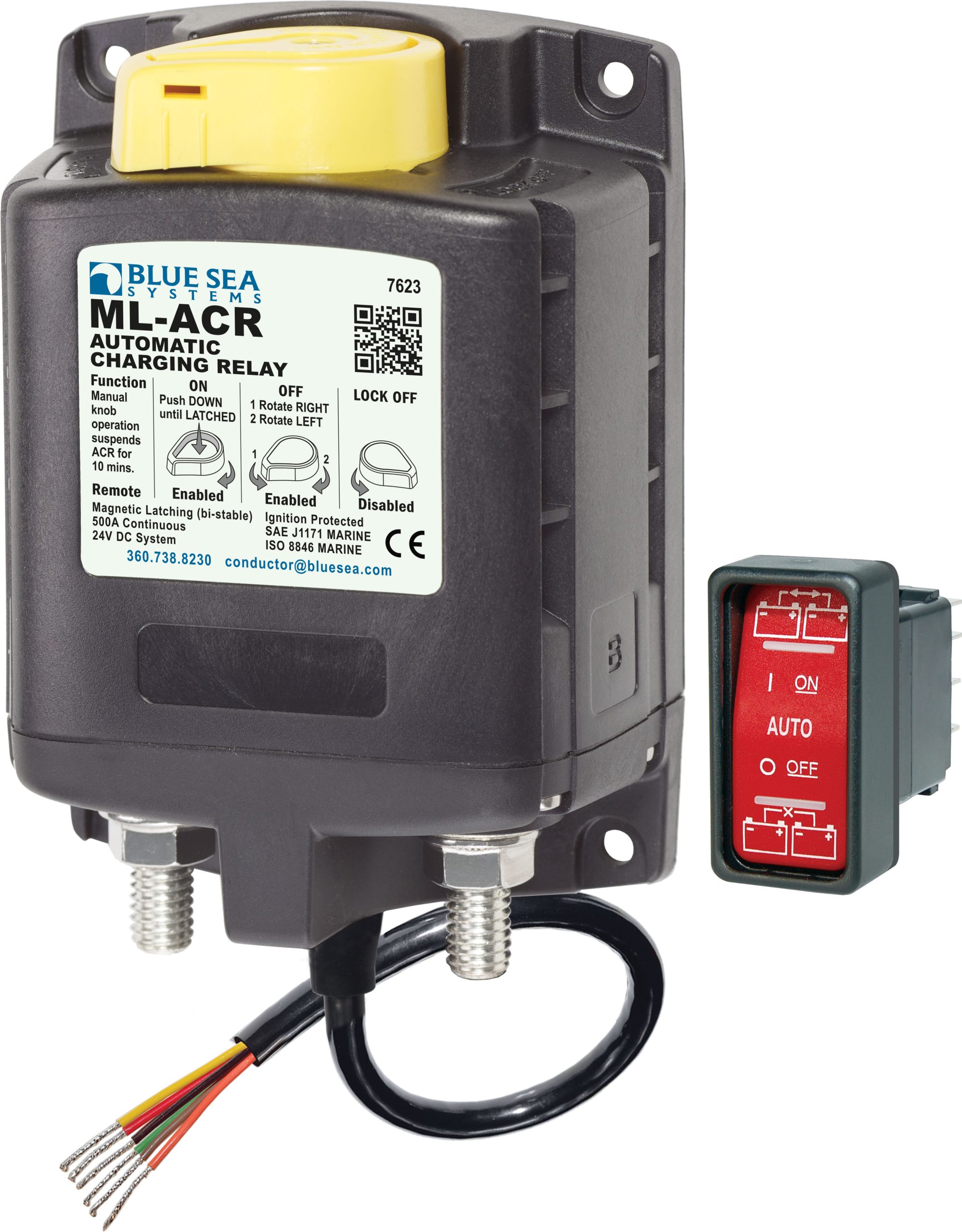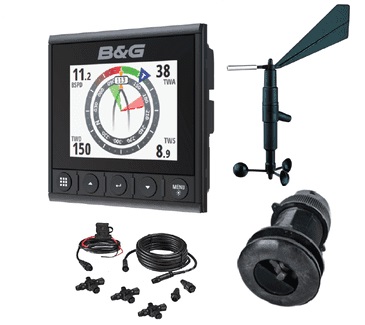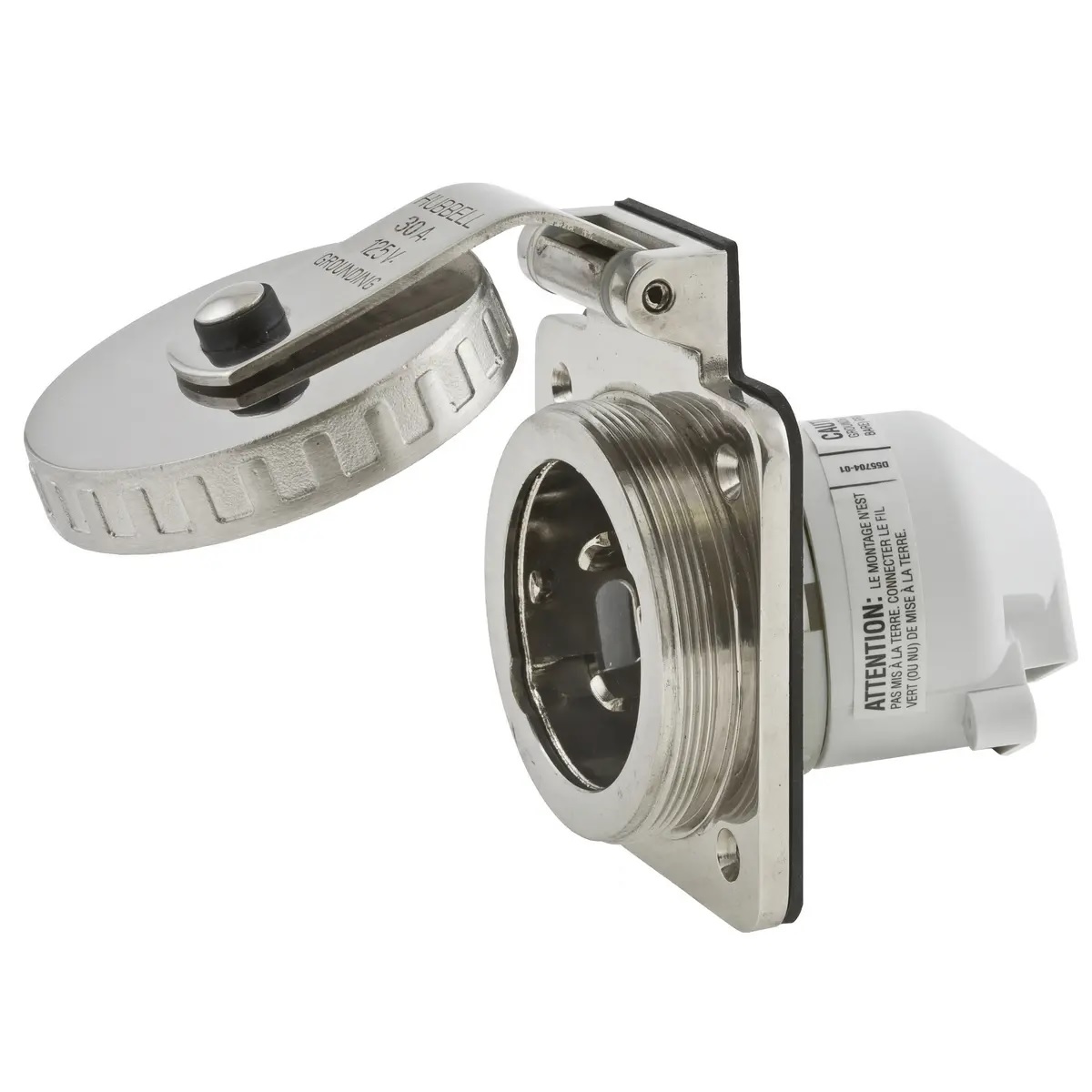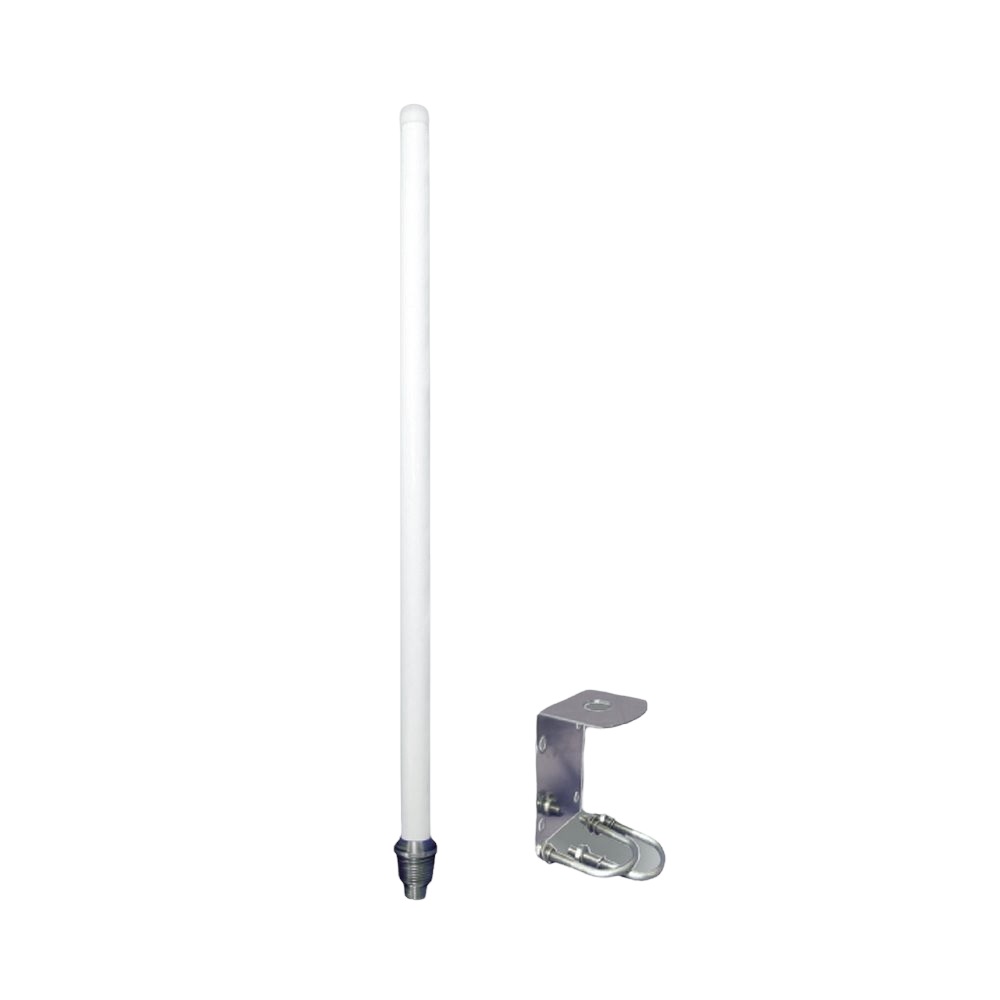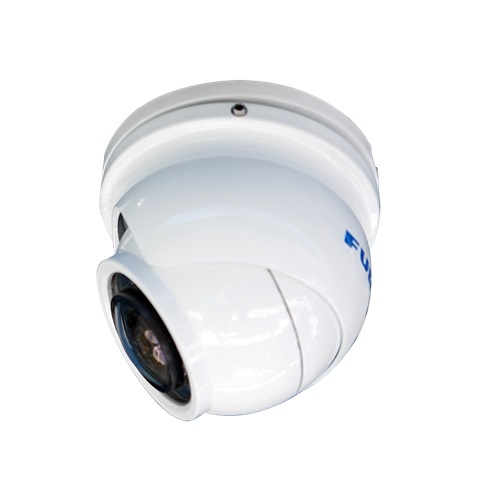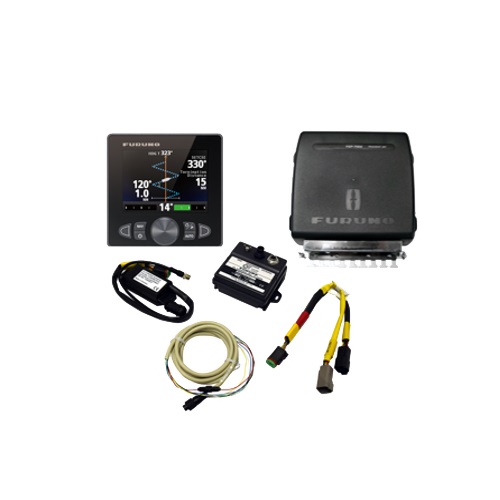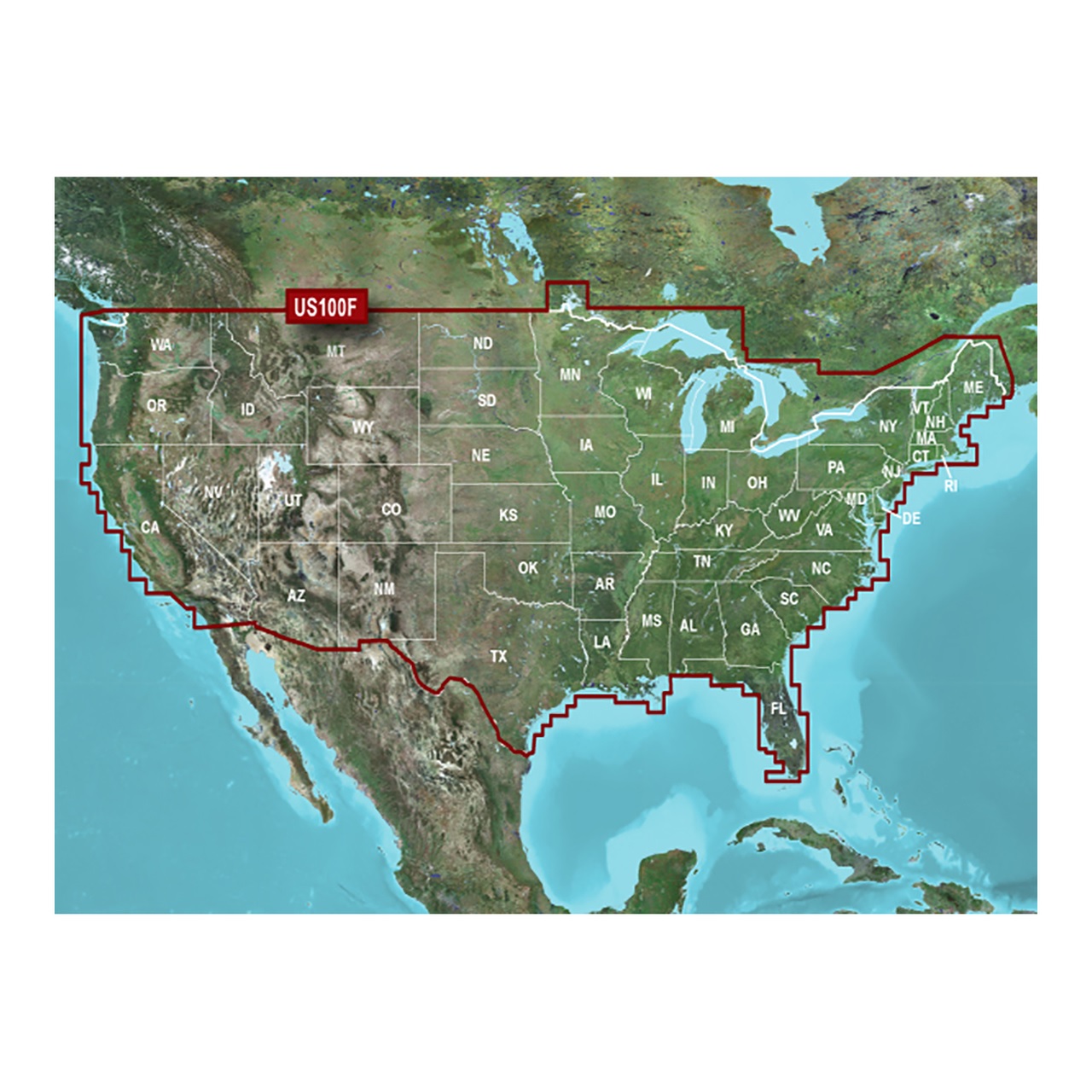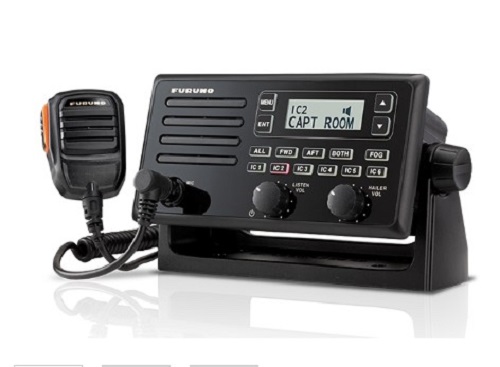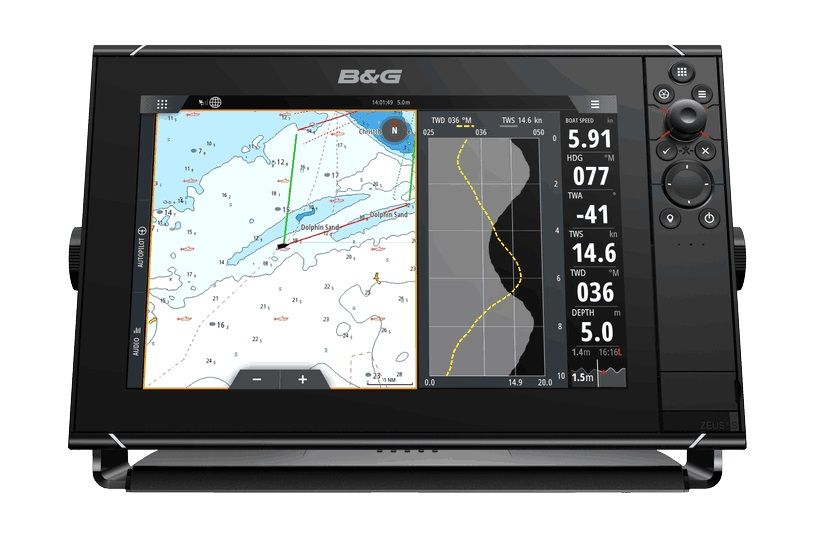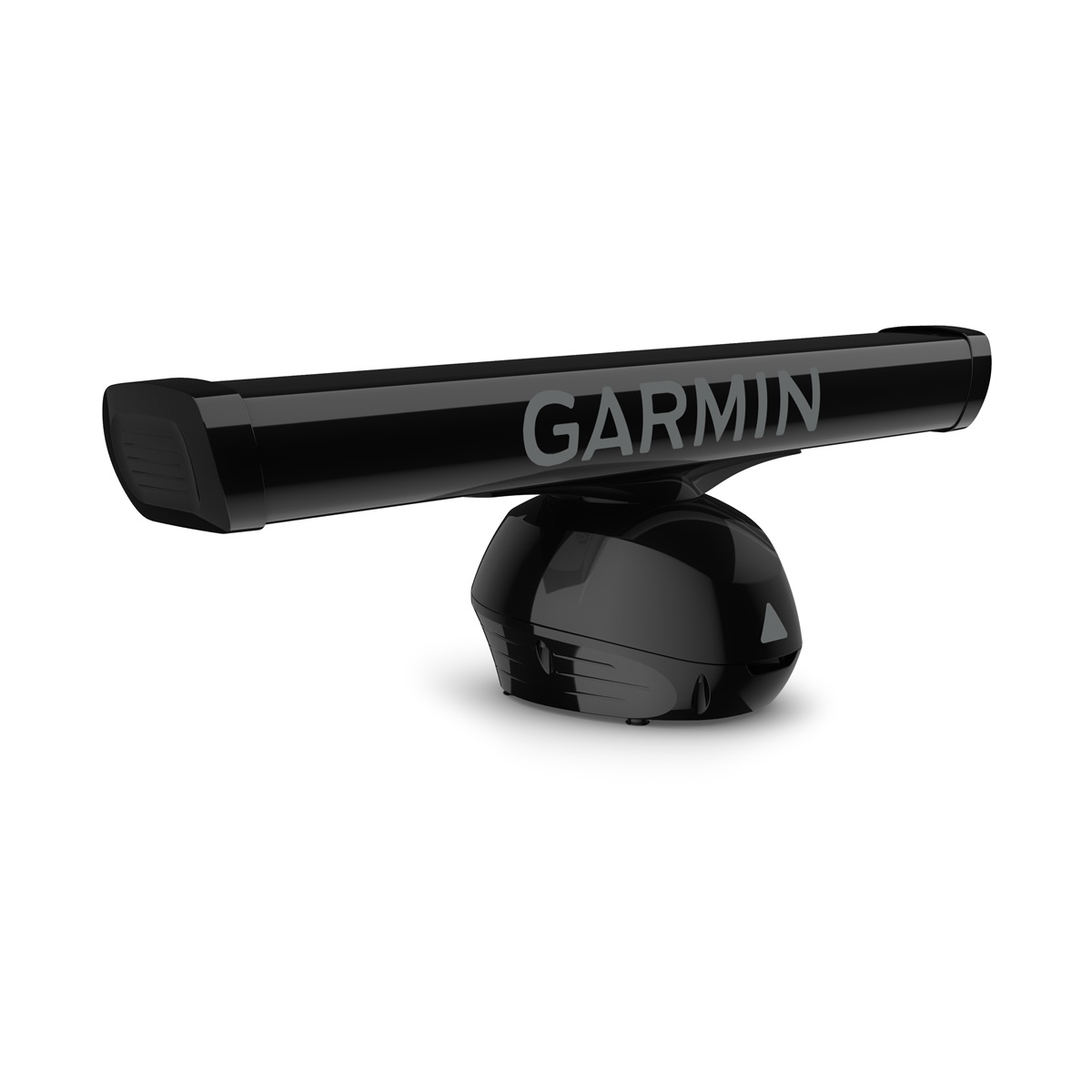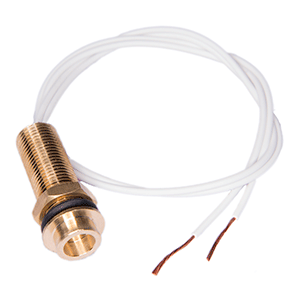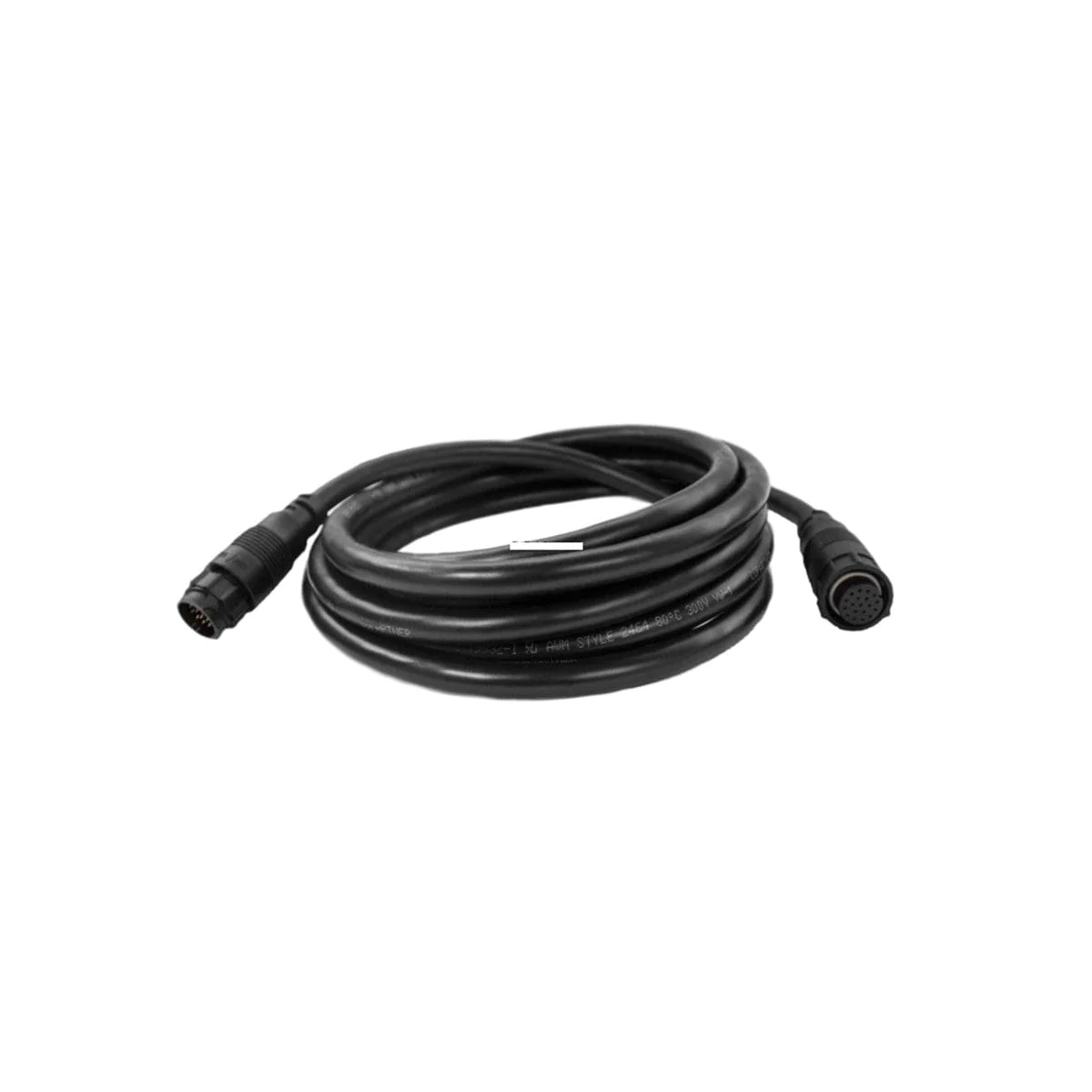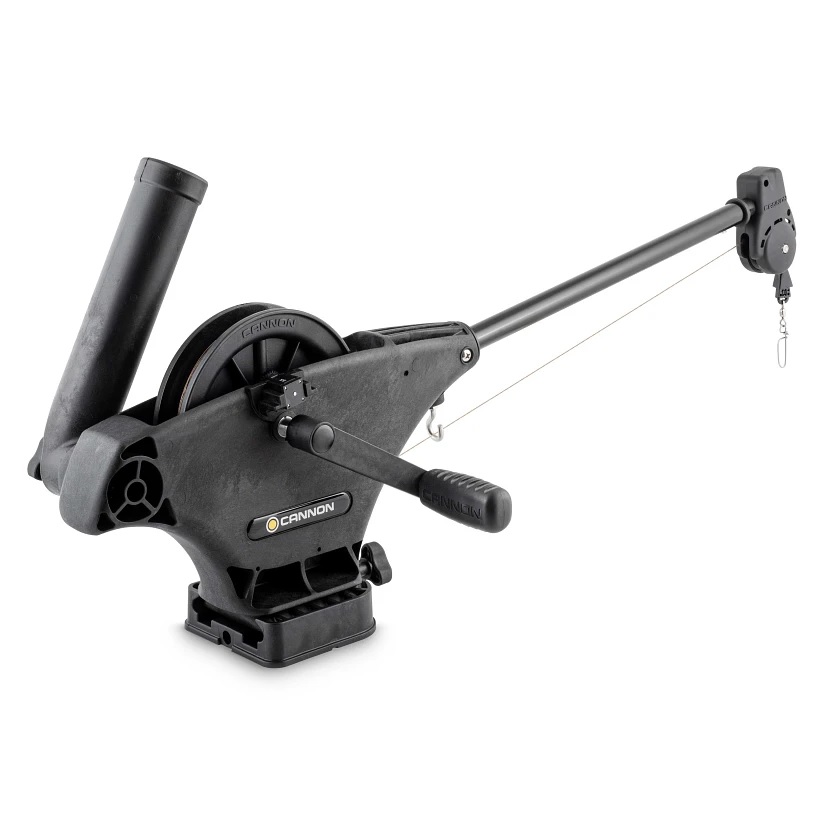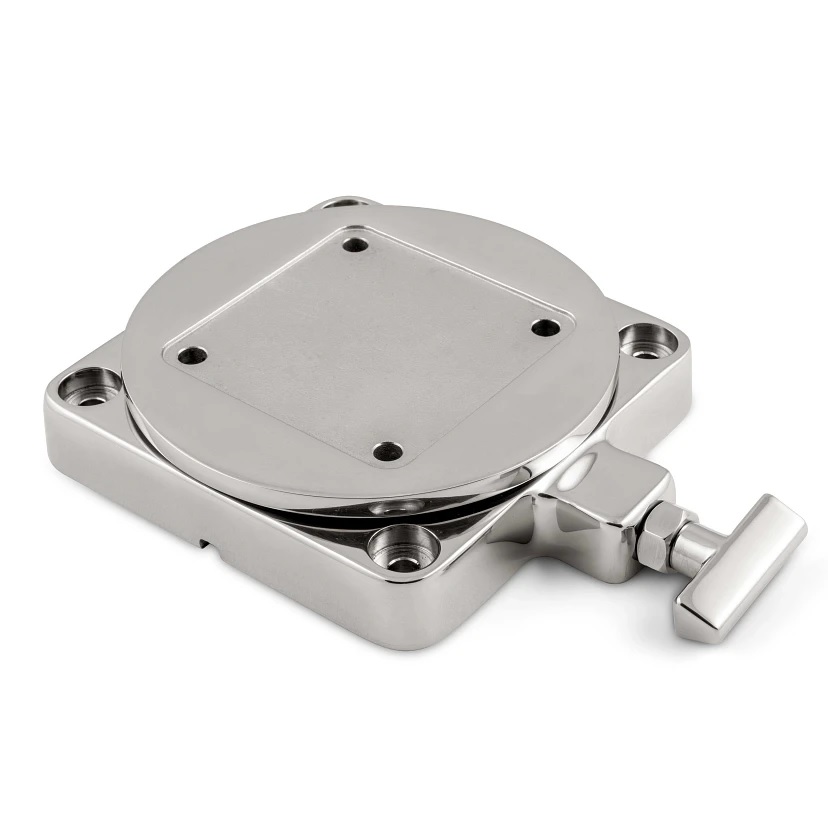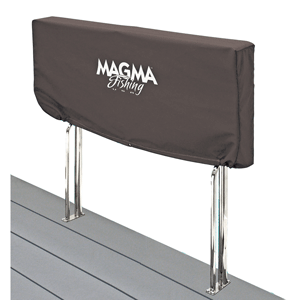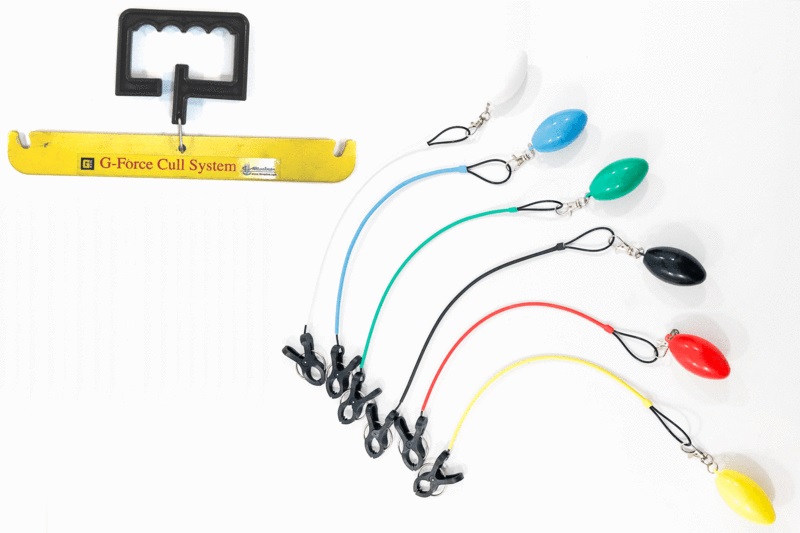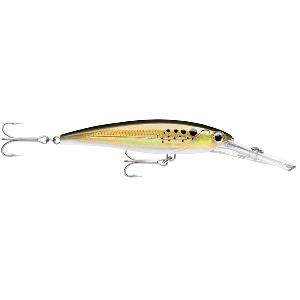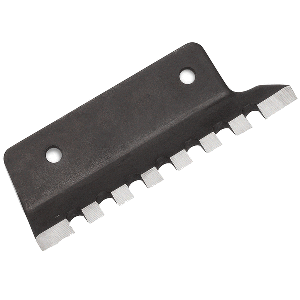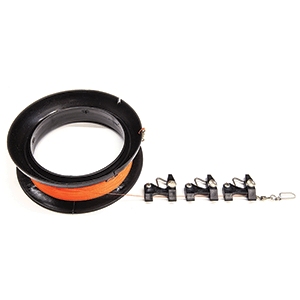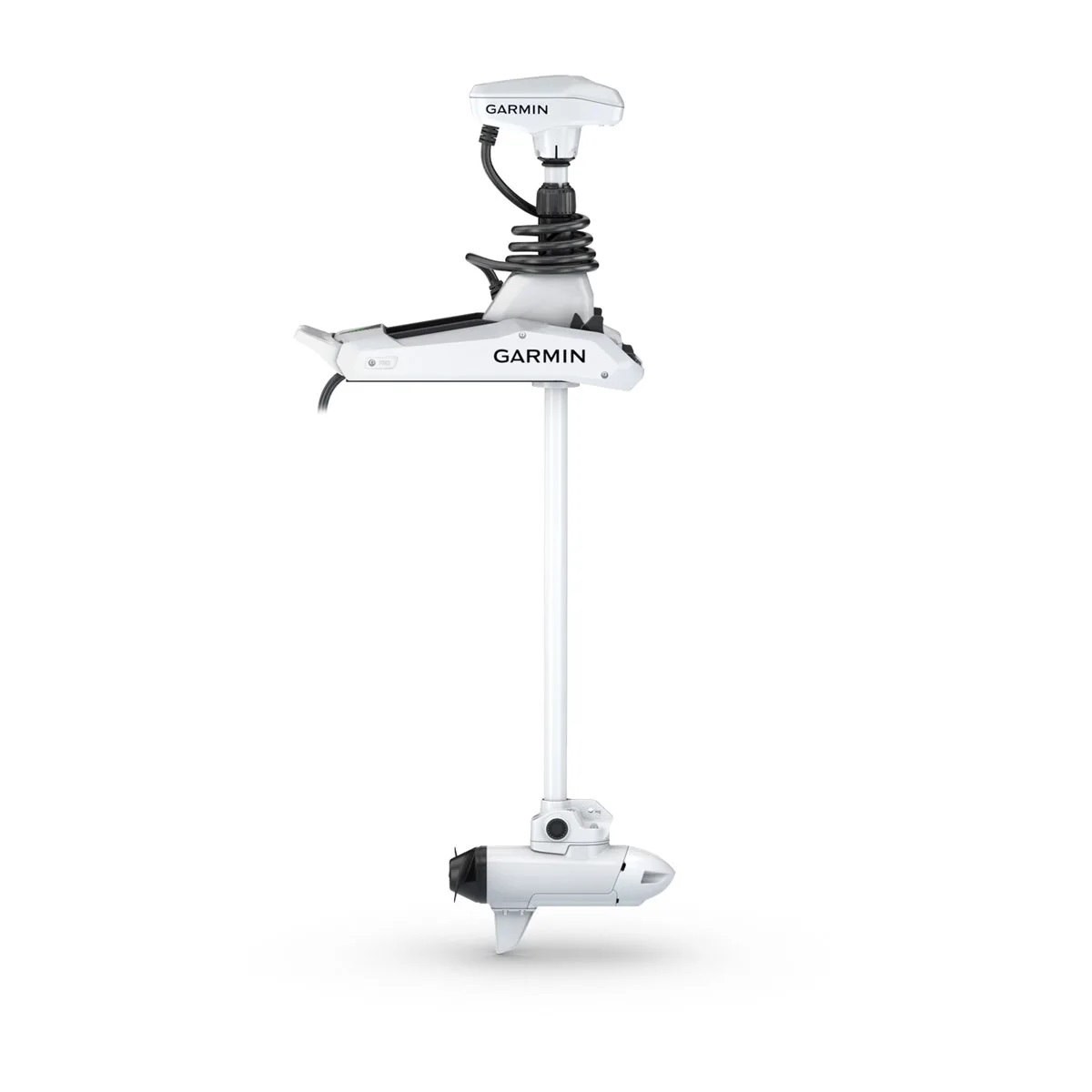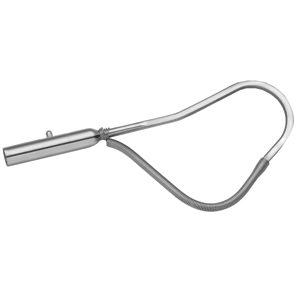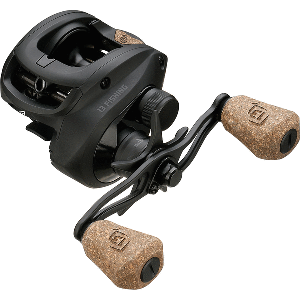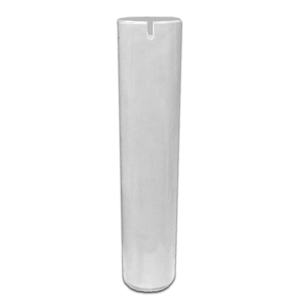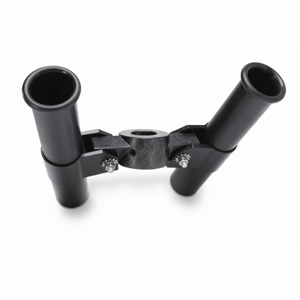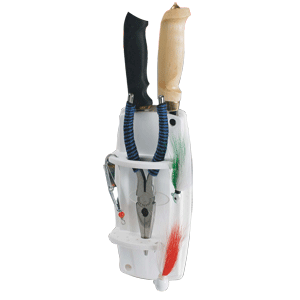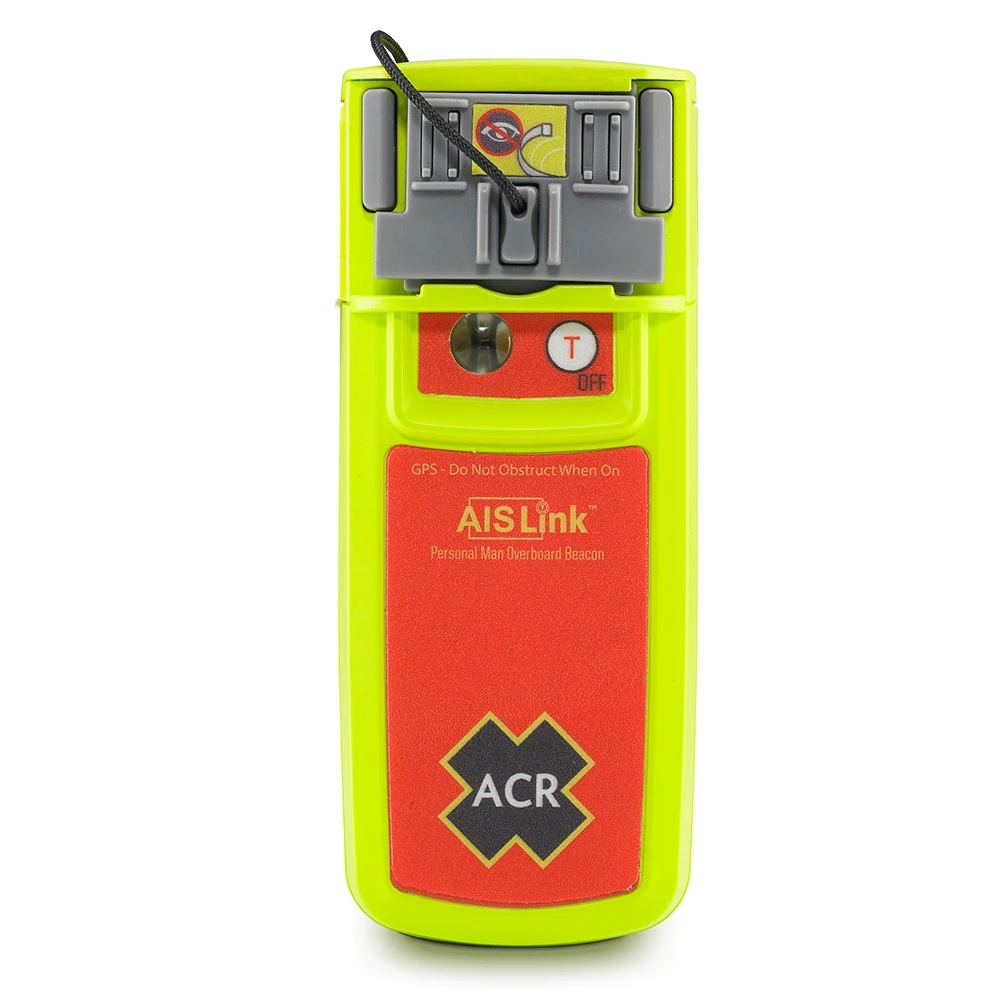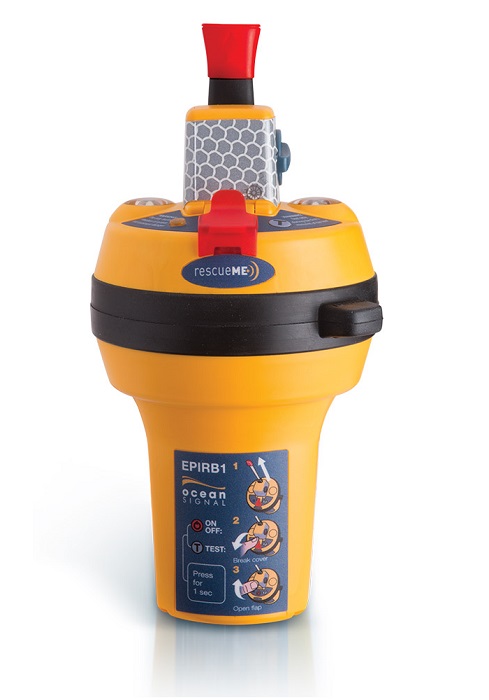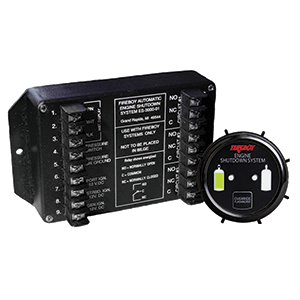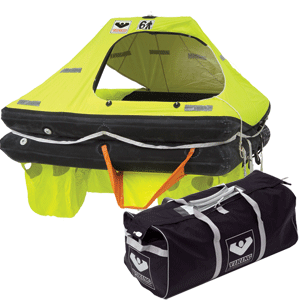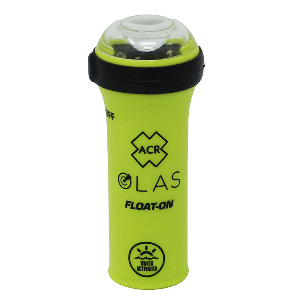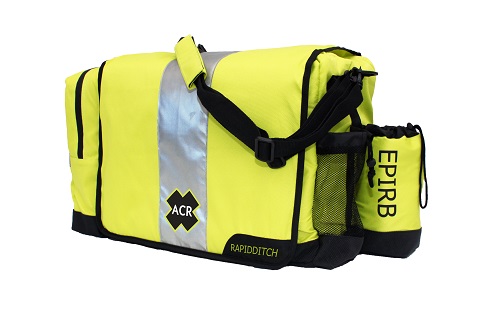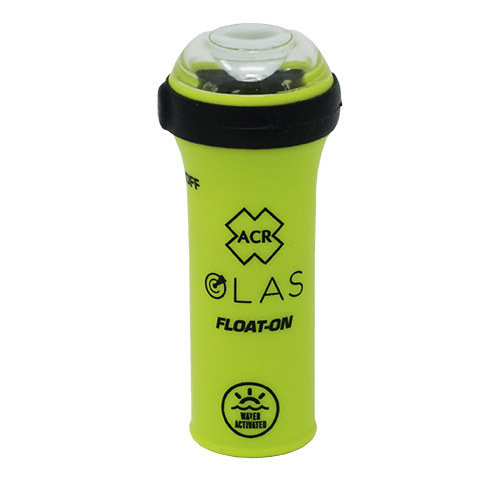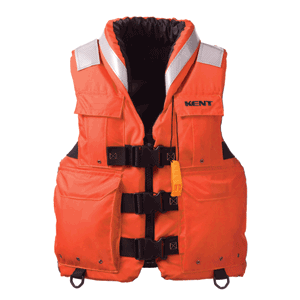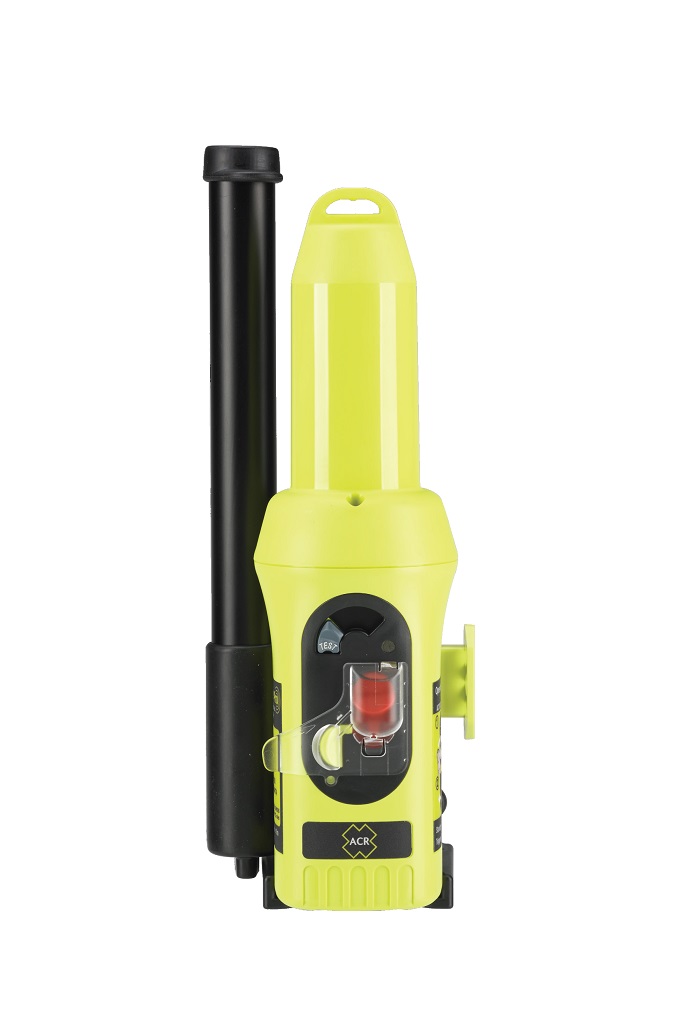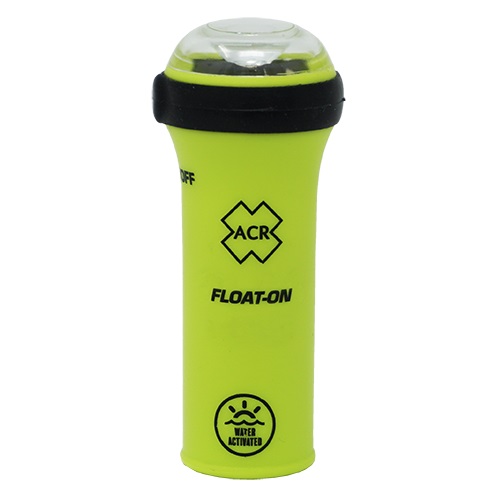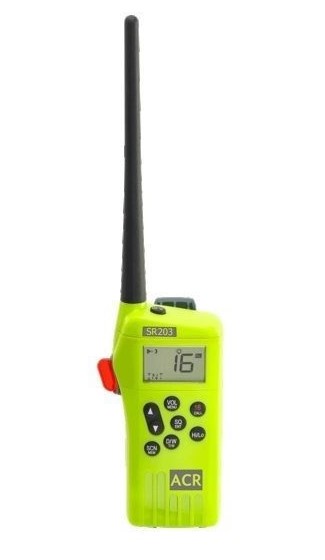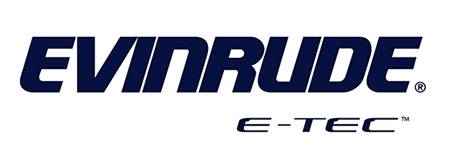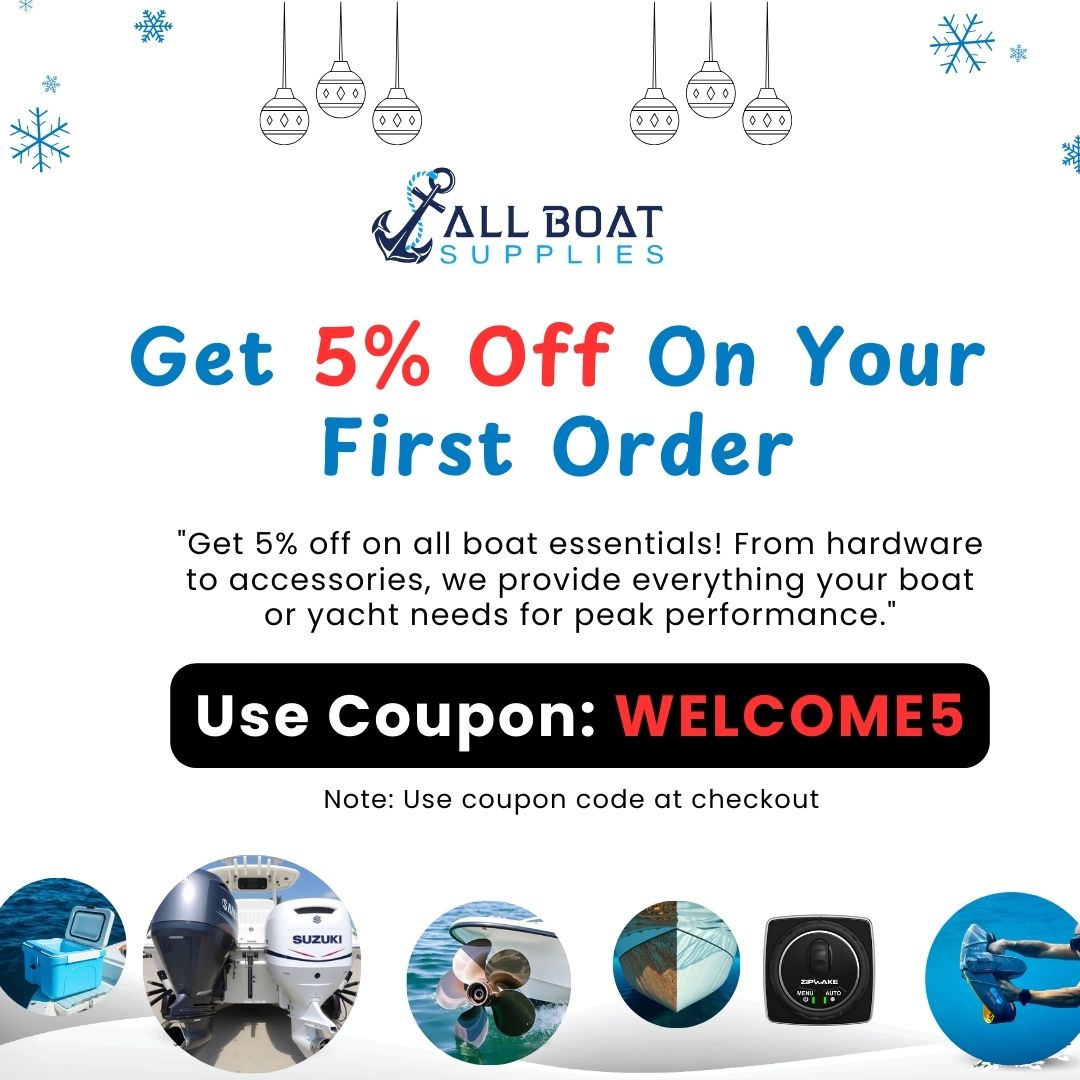Garmin LVS32-TH Transducer Requires GLS10 – Review & Issues
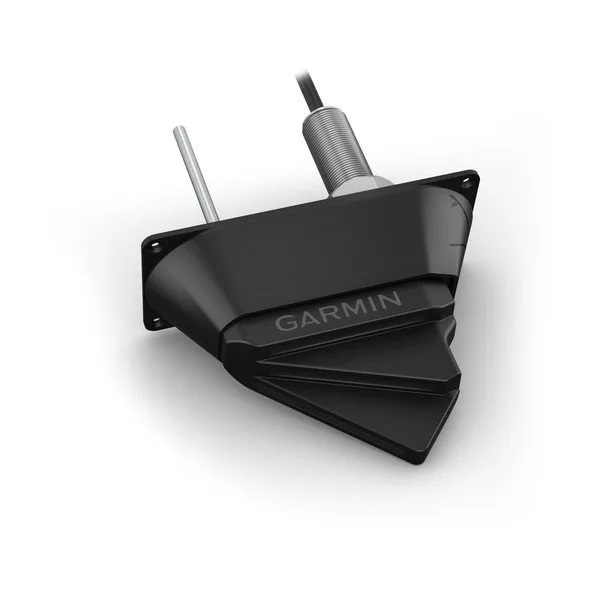
Introduction
The Garmin LVS32-TH Transducer Requires GLS10 for Boats & Marine Engines is a powerful thru-hull sonar solution crafted to deliver real-time imaging for anglers and marine navigators. Designed as part of the Panoptix LiveScope system, this transducer delivers crisp forward and down scanning sonar views, giving you unmatched underwater visibility. Whether you’re fishing offshore reefs or navigating narrow channels, the LVS32-TH helps eliminate guesswork by painting a live picture beneath and in front of your vessel.
With thru-hull installation, this unit maintains performance even in rough seas, ensuring optimal contact with the water and continuous signal clarity. The GLS10 sonar module is a necessary component that interprets and transmits sonar signals to compatible Garmin displays. Together, this setup makes an exceptional upgrade for professional anglers, charter boats, and navigation-dependent vessels.
Overview / What Is Garmin LVS32-TH Transducer Requires GLS10 for Boats & Marine Engines
The Garmin LVS32-TH Transducer Requires GLS10 for Boats & Marine Engines is a thru-hull transducer engineered for real-time live sonar. It delivers two main sonar views—LiveScope Forward and LiveScope Down. With these, users can view structure, bait, and fish in real-time up to 200 feet in any direction, depending on depth and water clarity. The thru-hull configuration ensures the transducer sits flush with the boat’s hull, offering stable and uninterrupted signal transmission, even at speed.
Paired with the GLS10 sonar black box, the LVS32-TH provides unmatched sonar detail on compatible Garmin MFDs like the GPSMAP and ECHOMAP series. The robust bronze housing makes it ideal for permanent marine installations where reliability and precision are critical.
How to Install Garmin LVS32-TH Transducer on Your Boat
Installing a thru-hull transducer requires accuracy and careful planning. Here are the core steps:
- Choose the Correct Location: Select an area on the hull that remains in contact with water while underway and avoids interference from hull strakes or turbulence.
- Drill with Precision: Cut a hole to fit the transducer sleeve using a marine-grade hole saw.
- Seal Properly: Use a strong marine sealant around the hull opening and the transducer housing to prevent leaks.
- Route Cabling: Feed the transducer cable through a dry channel to the location of the GLS10 sonar module.
- System Pairing: Connect the transducer to the GLS10 and pair the GLS10 with a compatible Garmin display for sonar visuals.
If you’re unsure how to install Garmin LVS32-TH Transducer properly, professional marine electronics installers can ensure precision and water integrity.
Best Garmin LVS32-TH Transducer Use Cases
The Garmin LVS32-TH Transducer Requires GLS10 for Boats & Marine Engines is highly versatile. While designed primarily for anglers, it also enhances marine navigation. Here are top use cases:
- Live Fish Tracking: Spot fish in motion under the hull or in front of your vessel in real-time.
- Obstacle Detection: Identify underwater hazards, rocks, and reefs before approaching them.
- Anchor Spotting: Locate ideal spots for anchoring by observing seabed structure.
- Navigation Assistance: Use LiveScope to guide boats through tight marinas, channels, or mooring areas.
Combined with the power of the GLS10, the LVS32-TH offers clear sonar up to 200 feet depending on conditions, with minimal latency and optimal refresh rates.
Garmin LVS32-TH Transducer Troubleshooting Tips
Even with high-end gear, occasional issues may arise. Here are some common problems and how to solve them:
1. No sonar image: Ensure the GLS10 is powered and correctly connected to both the transducer and your Garmin MFD. Check for software updates.
2. Blurry or unclear imaging: Clean the transducer face, especially after long usage. Marine growth or sediment can obstruct sonar transmission.
3. Depth reading not accurate: Double-check transducer alignment during installation. Angled or loose mounts can distort sonar angles.
4. Signal interference: Avoid routing the transducer cable near high-amperage wiring or VHF antenna lines to prevent signal cross-talk.
These Garmin LVS32-TH Transducer troubleshooting tips ensure your sonar system runs smoothly.
Maintenance Tips
For long-term reliability of your Garmin LVS32-TH Transducer Requires GLS10 for Boats & Marine Engines, follow these simple but effective maintenance guidelines:
- Monthly Inspection: Examine the bronze housing for any signs of barnacle build-up, scratches, or pitting from corrosion.
- Clean Regularly: Use a soft brush and warm soapy water to remove algae, mud, or salt residue.
- Check Wiring: Ensure the cable housing is dry, free of cracks, and shielded from UV exposure or heat sources.
- Winterize When Needed: If your boat is stored during colder months, disconnect and protect the GLS10 unit and display system.
Proper care not only extends the transducer’s life but ensures consistent sonar performance across all depths and conditions.
Expert Advice and Pro Recommendations
Marine experts recommend installing the Garmin LVS32-TH Transducer Requires GLS10 with precision to avoid issues with sonar alignment. For boaters frequently in offshore or mixed-use scenarios, this model is ideal because of its stability under pressure and exceptional signal clarity.
Pro anglers using the GPSMAP 8600 or ECHOMAP Ultra series will benefit most. Always ensure you’re running the latest firmware updates for both GLS10 and display units. For complete sonar capability, pair with Garmin’s heading sensors and networking modules.
Ready to buy? Use code WELCOME5 and get 5% off your order now: Garmin Panoptix LVS32-TH Transducer Requires GLS10
Detailed FAQ Section
Can the Garmin LVS32-TH be used in saltwater and freshwater environments?
Yes, the Garmin LVS32-TH Transducer Requires GLS10 for Boats & Marine Engines is built for all aquatic environments. The bronze thru-hull housing is designed to withstand long-term saltwater exposure without corroding. In freshwater, the sonar imaging remains just as precise, making it a flexible solution for inland lakes, rivers, and oceanic conditions. Ensure regular cleaning after saltwater use to prevent scale buildup. It’s perfect for boats transitioning between saltwater coasts and freshwater tournaments.
Is the GLS10 sonar module absolutely necessary for the LVS32-TH?
Yes, the GLS10 sonar black box is mandatory. The Garmin LVS32-TH Transducer Requires GLS10 as the GLS10 processes the sonar signals and relays them to the MFD. Without the GLS10, the transducer is essentially non-functional. The entire Panoptix LiveScope system is modular and designed for seamless integration, with GLS10 being its data core. Be sure to mount the GLS10 in a dry, ventilated space to ensure maximum signal performance and longevity.
What Garmin displays work with the LVS32-TH and GLS10 combo?
Compatible displays include the Garmin GPSMAP series (7×2, 9×2, 10×2, 12×2, 8400/8600) and ECHOMAP Ultra series (10″, 12″ models). These units offer full LiveScope capabilities, and their networking features allow for seamless integration with additional sonar, radar, and navigation tools. When you pair the Garmin LVS32-TH Transducer Requires GLS10 with these displays, you unlock features like sonar overlay on charts and custom sonar view configurations.
How durable is the LVS32-TH transducer? What’s its life expectancy?
The Garmin LVS32-TH Transducer Requires GLS10 is built with a bronze housing and marine-rated sealing, making it extremely durable. It’s designed for permanent installation and can withstand impact, water pressure, and extreme weather conditions. With proper maintenance, these transducers last 5–10 years. Avoid impact from boat trailers, grounding, or incorrect installation, which are common causes of failure. Seasonal checks and keeping the firmware updated significantly extend its usable life.
How does it compare to other thru-hull transducers on the market?
Compared to traditional CHIRP or 2D sonar transducers, the Garmin LVS32-TH Transducer Requires GLS10 delivers real-time imaging rather than static returns. This means you can see fish movement and underwater structures as they happen—ideal for dynamic fishing environments. While higher in price, it offers more detail and interactivity than models like the Airmar B150M. Also, the LiveScope functionality supported by Garmin’s ecosystem gives it a significant edge in usability and expansion options.
Conclusion
The Garmin LVS32-TH Transducer Requires GLS10 for Boats & Marine Engines is a next-generation sonar solution designed for serious marine users. Its LiveScope capability, thru-hull durability, and compatibility with top-tier Garmin devices make it one of the most powerful tools in marine navigation and fishing today. Whether you’re mapping underwater structures or chasing fish in real-time, this setup provides all the tech you need on one platform.
Take the leap in sonar clarity and navigation precision. Invest in the Garmin LVS32-TH Transducer today and see the underwater world like never before.
For more marine electronics and accessories, visit Yamaha Outboards.
Special Offer
WELCOME5 – Get 5% off storewide at allboatsupplies.com
🚀 Instant Assistance: Need help selecting the right product? Drop your contact in the chatbox at the bottom right corner, and our expert team will reply within 30 minutes with the best product suggestion for your boat — including a ready-to-use checkout link. We’re fast, knowledgeable, and always here for your boating needs!
No more guesswork — just message us and get a personalized checkout link for your antifouling system, fast!
Explore Our Best-Selling Ultrasonic Antifouling Products:
🔥 Limited Time Offer!
Get 5% OFF with code WELCOME5 — Secure Your Furuno DRS12ANXT Radar Today!
🚀 Buy Now – Garmin Panoptix LVS32-TH Transducer Requires GLS10
Let us handle the hassle — expert support, quick replies, and smooth checkout. Your boat deserves the best.
Read More
For more helpful marine maintenance guides, check out our article on Bushnell 12×25 Binoculars Review Waterproof & Durable.


